
Can You Master ITIL® 4 Foundation in Just 2 Weeks with ScholarAcad?
- Thu 23, Oct 2025

Deciding on the right framework for your business is a critical decision that can have a significant impact on its success. When it comes to IT governance and management, two popular frameworks are Cobit 5 and Cobit 2019. But which one is best suited to meet your organization's specific needs? In this article, we will compare Cobit 5 and Cobit 2019, examining their similarities, differences, and key features to help you make an informed decision.
Cobit (Control Objectives for Information and Related Technologies) is a widely recognized framework designed to assist organizations in the effective governance and management of their IT processes. Cobit 5, the predecessor of Cobit 2019, has been widely adopted by many organizations around the world. However, with the release of Cobit 2019, new features and improvements have been introduced, promising enhanced guidance and governance. Understanding the key distinctions between the two frameworks will help you determine which one aligns best with your business requirements. So, let's dive in and explore the main differences between Cobit 5 and Cobit 2019 to find the ideal fit for your organization's IT governance needs.
Cobit (Control Objectives for Information and Related Technologies) is a widely recognized framework designed to assist organizations in the effective governance and management of their IT processes. Cobit 5, the predecessor of Cobit 2019, has been widely adopted by many organizations around the world. It provides a comprehensive set of tools and guidance to help businesses align their IT goals with overall business objectives. The framework is based on five key principles: meeting stakeholder needs, covering the enterprise end-to-end, applying a single integrated framework, enabling a holistic approach, and separating governance from management.
Cobit 5 consists of five domains: Evaluate, Direct and Monitor (EDM), Align, Plan, and Organize (APO), Build, Acquire and Implement (BAI), Deliver, Service and Support (DSS), and Monitor, Evaluate and Assess (MEA). These domains cover a wide range of IT processes and activities, including strategic planning, risk management, resource allocation, and performance monitoring. Cobit 5 provides a holistic view of IT governance and helps organizations establish a strong control environment.
Cobit 5 offers several key features and capabilities that make it a popular choice for organizations looking to improve their IT governance. Some of these include:
1. Process focus: Cobit 5 emphasizes the importance of well-defined and documented processes. It provides a detailed process model that organizations can use to design, implement, and improve their IT processes.
2. Metrics and maturity models: Cobit 5 includes a set of metrics and maturity models that organizations can use to assess their IT capabilities and track their progress over time. These tools help organizations identify areas for improvement and measure the effectiveness of their IT governance efforts.
3. Alignment with other frameworks: Cobit 5 is designed to be compatible with other widely used frameworks, such as ITIL and ISO/IEC 27001. This compatibility allows organizations to integrate Cobit 5 with their existing processes and frameworks, making it easier to implement and manage.
4. Comprehensive guidance: Cobit 5 provides detailed guidance on various aspects of IT governance, including risk management, performance measurement, and control objectives. This guidance helps organizations establish clear policies and procedures for managing their IT processes.
With the release of Cobit 2019, new features and improvements have been introduced, promising enhanced guidance and governance. Cobit 2019 builds upon the foundation of Cobit 5 and offers several new features and capabilities. Some of these include:
1. Updated framework: Cobit 2019 updates the Cobit 5 framework, incorporating feedback from users and experts. It provides a more streamlined and user-friendly approach to IT governance, making it easier for organizations to implement and maintain.
2. Digital transformation focus: Cobit 2019 recognizes the increasing importance of digital transformation and includes specific guidance on how to manage digital initiatives. It helps organizations align their IT strategies with their overall business objectives and navigate the challenges of digitalization.
3. Expanded coverage: Cobit 2019 expands the coverage of IT governance, addressing emerging technologies and trends. It includes guidance on topics such as cybersecurity, artificial intelligence, and data analytics, helping organizations stay up to date with the latest developments in the IT industry.
4. Improved assessment and improvement tools: Cobit 2019 provides enhanced assessment and improvement tools, allowing organizations to measure their IT governance capabilities more effectively. It includes updated maturity models and performance indicators, helping organizations track their progress and identify areas for improvement.
While both Cobit 5 and Cobit 2019 are designed to help organizations improve their IT governance, there are several key differences between the two frameworks. Here are some of the main points of comparison:
1. Scope: Cobit 2019 has a broader scope than Cobit 5, covering a wider range of IT governance topics and incorporating guidance on emerging technologies. It provides organizations with a more comprehensive framework for managing their IT processes.
2. Digital focus: Cobit 2019 places a greater emphasis on digital transformation and helps organizations navigate the challenges of digitalization. It includes specific guidance on managing digital initiatives and aligning IT strategies with business objectives.
3. Usability: Cobit 2019 aims to be more user-friendly and easier to implement than Cobit 5. It incorporates feedback from users and experts, streamlining the framework and providing clearer guidance.
4. Coverage of emerging technologies: Cobit 2019 includes updated guidance on emerging technologies, such as cybersecurity, artificial intelligence, and data analytics. It helps organizations address the unique challenges associated with these technologies and stay ahead of the curve.
When choosing between Cobit 5 and Cobit 2019, there are several factors that you should consider:
1. Business needs: Assess your organization's specific IT governance needs and determine which framework aligns best with those needs. Consider factors such as industry requirements, organizational size, and digital transformation goals.
2. Budget and resources: Evaluate the resources required to implement and maintain each framework. Consider factors such as training, software, and consulting services. Choose a framework that is affordable and feasible for your organization.
3. Compatibility with existing processes: Consider how well each framework integrates with your existing processes and frameworks. Choose a framework that can be easily integrated and does not require significant changes to your current IT governance structure.
4. Long-term strategy: Consider your organization's long-term IT strategy and goals. Choose a framework that supports your vision and provides the necessary guidance for achieving your objectives.
To evaluate your business needs and determine which framework is the right fit for your organization, consider the following steps:
1. Assess current IT governance practices: Evaluate your organization's current IT governance practices and identify areas for improvement. Determine the specific challenges and requirements that need to be addressed.
2. Identify key objectives: Define the key objectives and goals of your IT governance strategy. Consider factors such as risk management, compliance, performance measurement, and stakeholder needs.
3. Evaluate framework capabilities: Assess the capabilities and features of both Cobit 5 and Cobit 2019. Compare their strengths and weaknesses to determine which framework aligns best with your business needs.
4. Consult with stakeholders: Involve key stakeholders in the decision-making process. Seek input from IT professionals, executives, and other relevant parties to ensure that the chosen framework meets their requirements and expectations.
After evaluating your business needs and considering the factors mentioned above, you should be well-equipped to choose the right framework for your organization. Remember that the choice between Cobit 5 and Cobit 2019 depends on your specific requirements and goals. Take the time to thoroughly assess the capabilities and features of each framework and involve key stakeholders in the decision-making process. By selecting the framework that best aligns with your business needs, you can establish a strong IT governance structure and drive the success of your organization.
Choosing the right IT governance framework is a critical decision that can have a significant impact on your organization's success. Cobit 5 and Cobit 2019 are both popular frameworks that provide comprehensive guidance for IT governance and management. By understanding their similarities, differences, and key features, you can make an informed decision that aligns with your business needs. Evaluate your organization's specific requirements, consider factors such as budget, compatibility, and long-term strategy, and involve key stakeholders in the decision-making process. By selecting the right framework, you can establish a solid IT governance structure that supports your business goals and drives success.


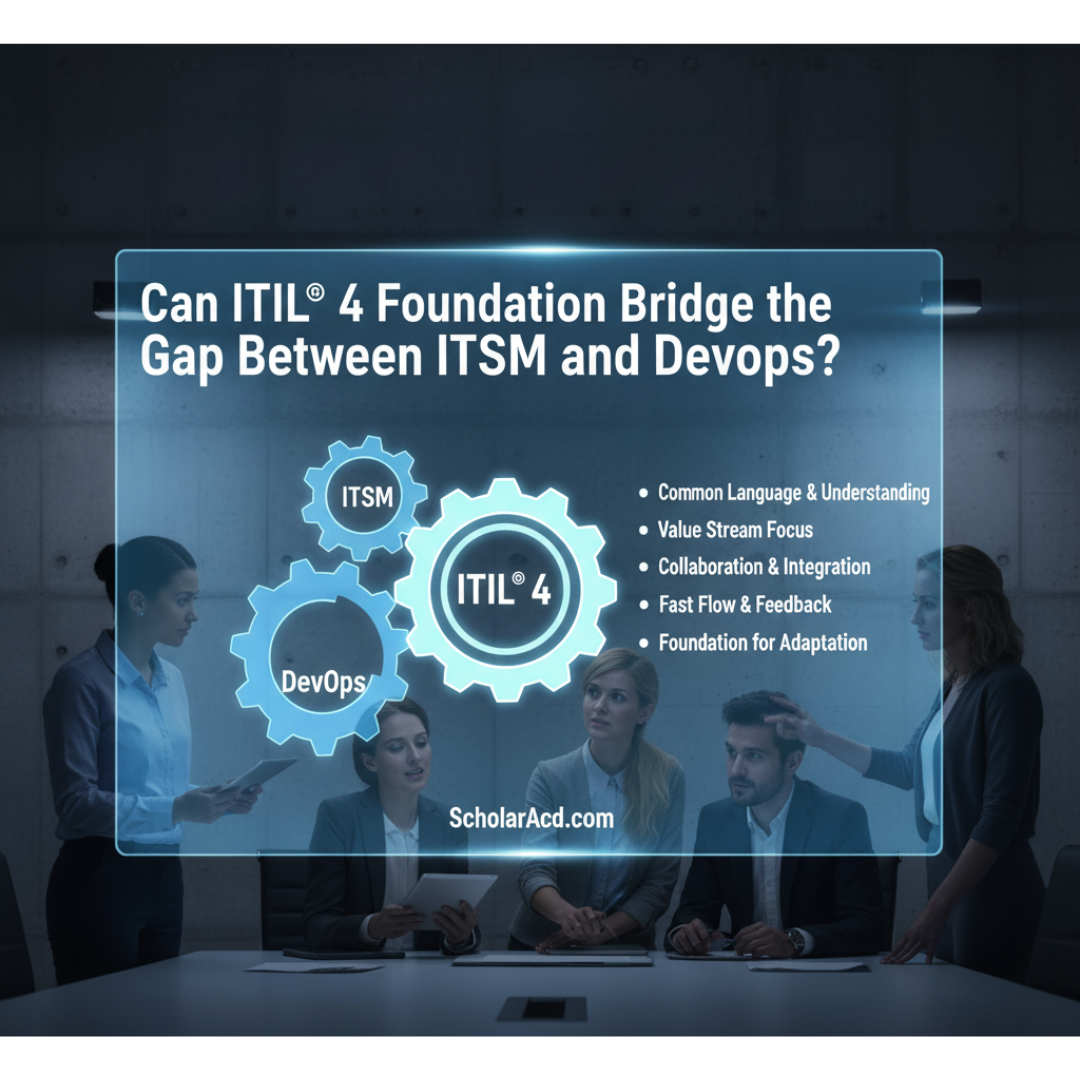
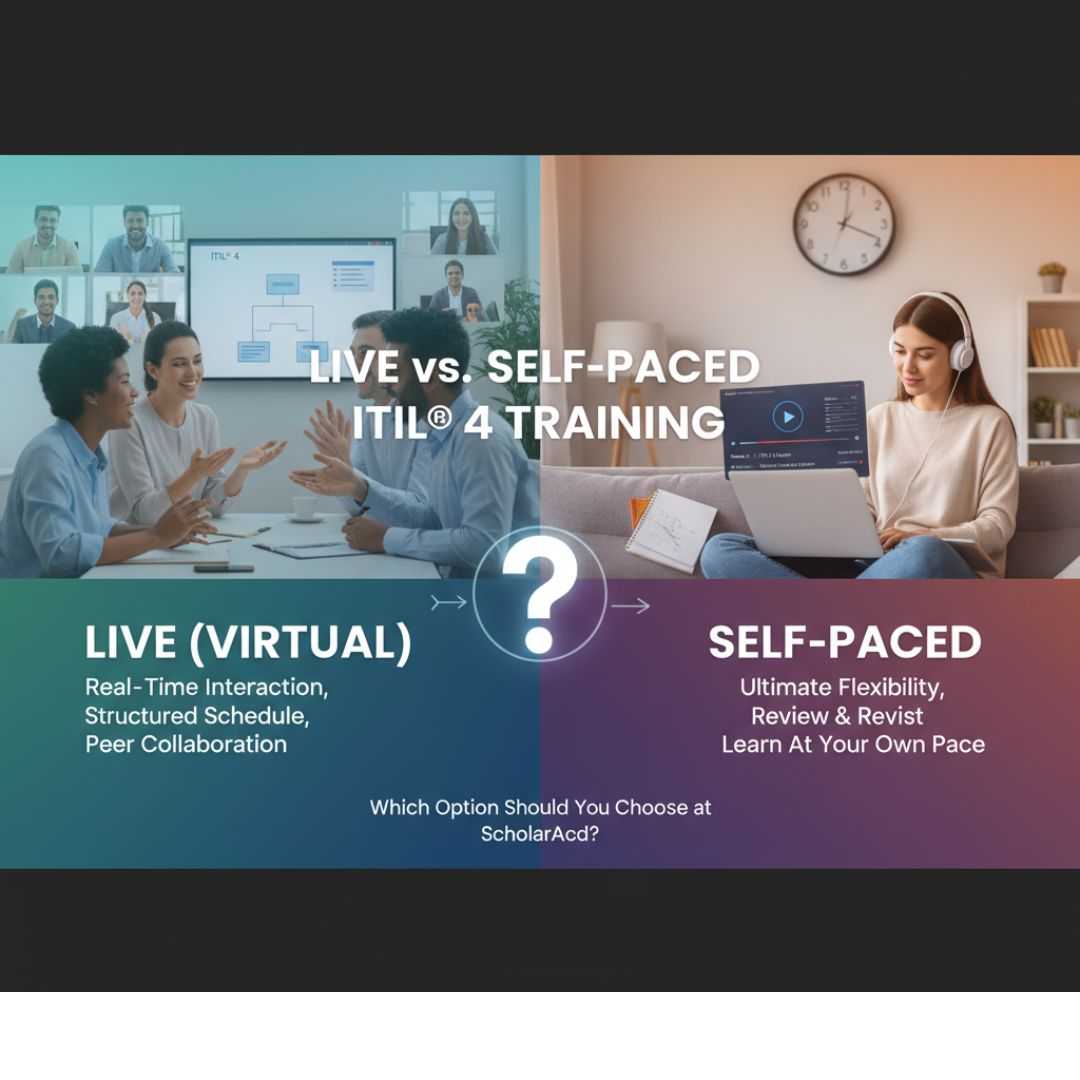
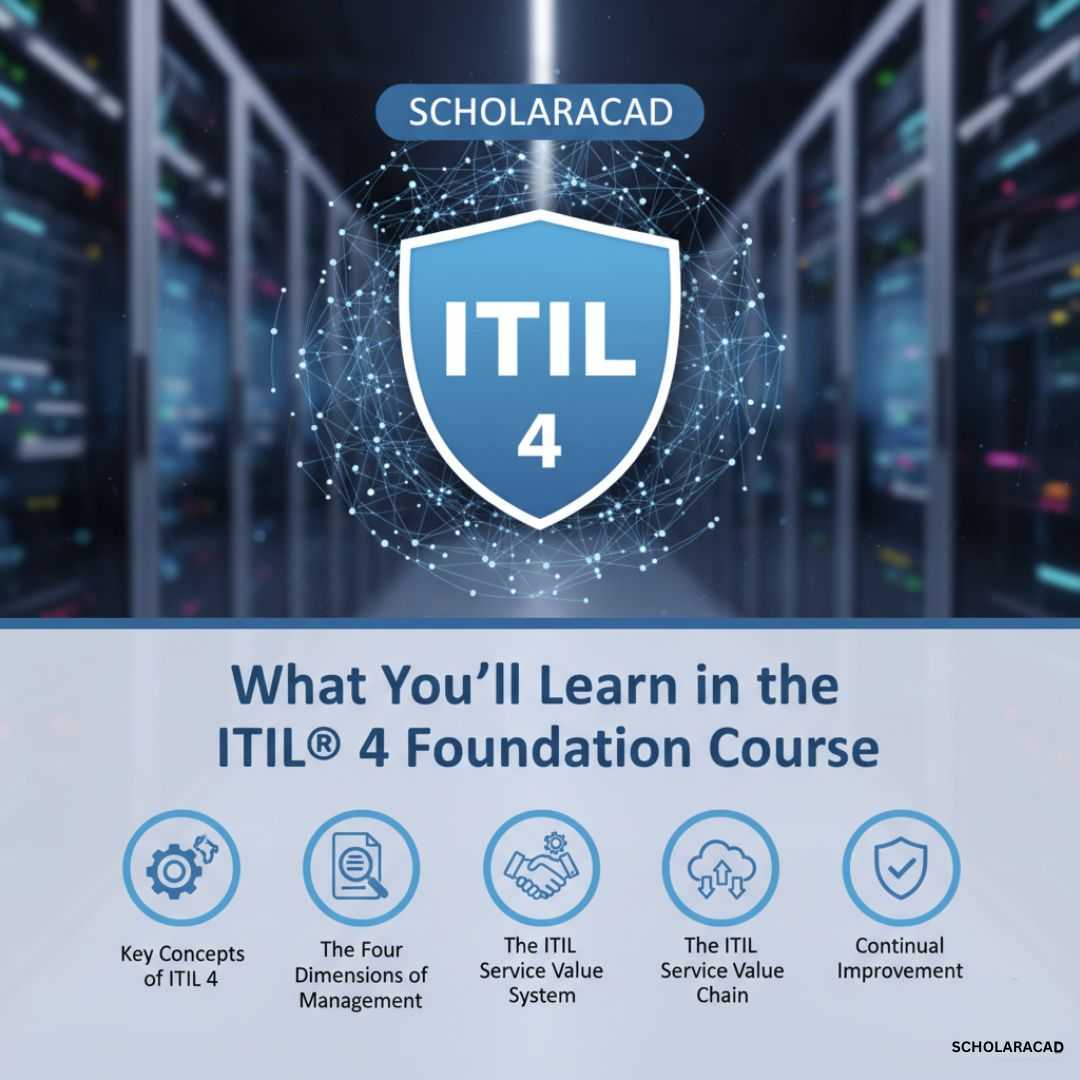
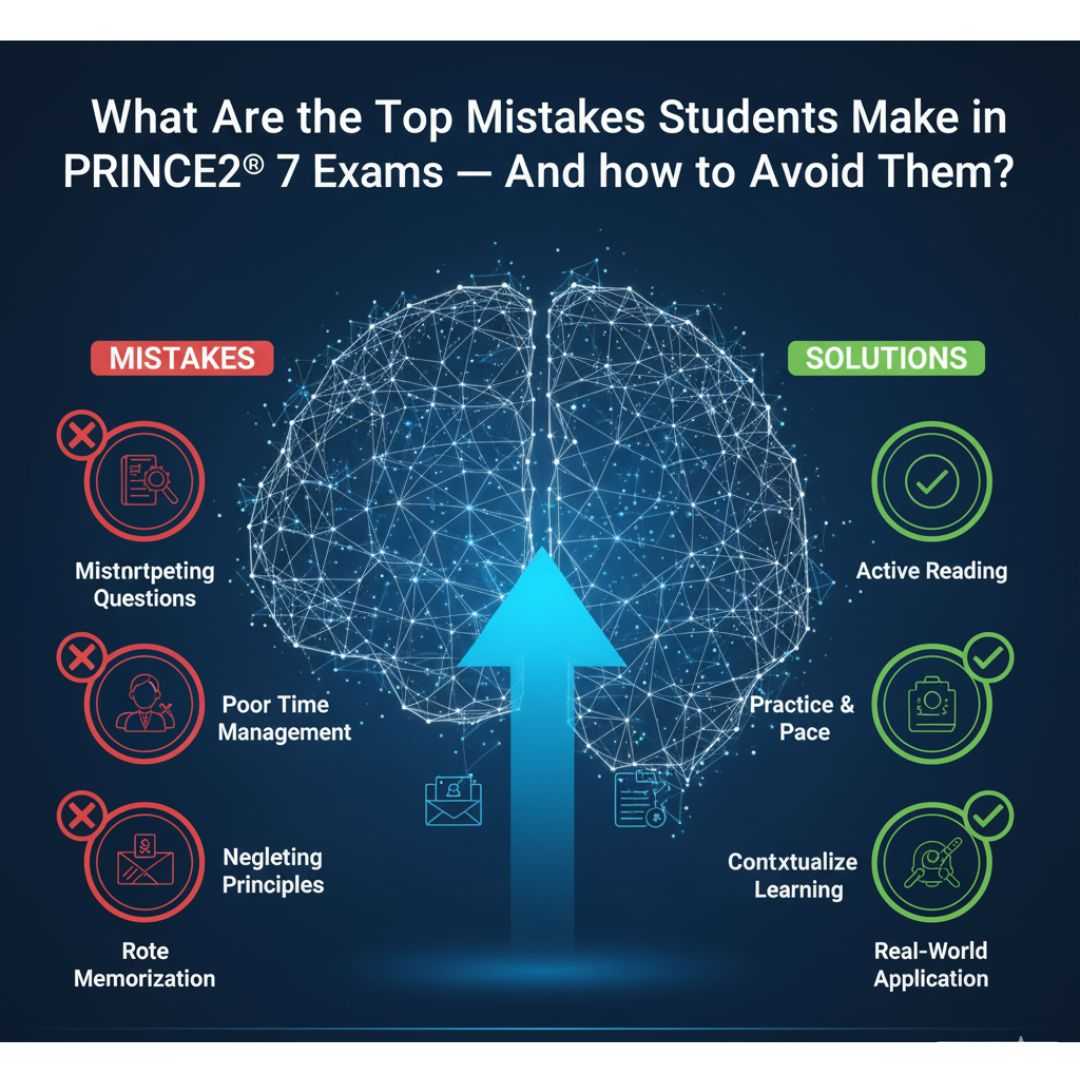
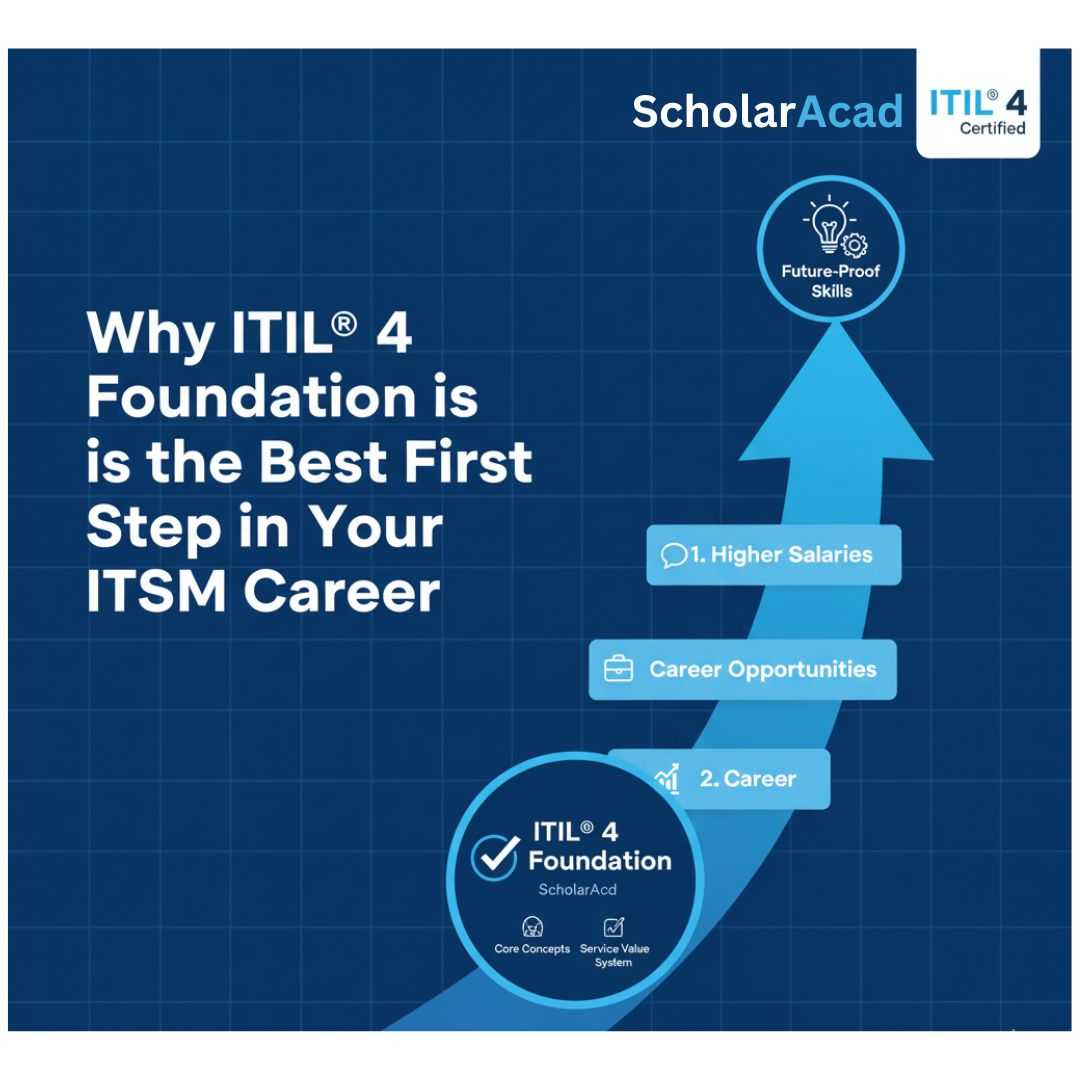
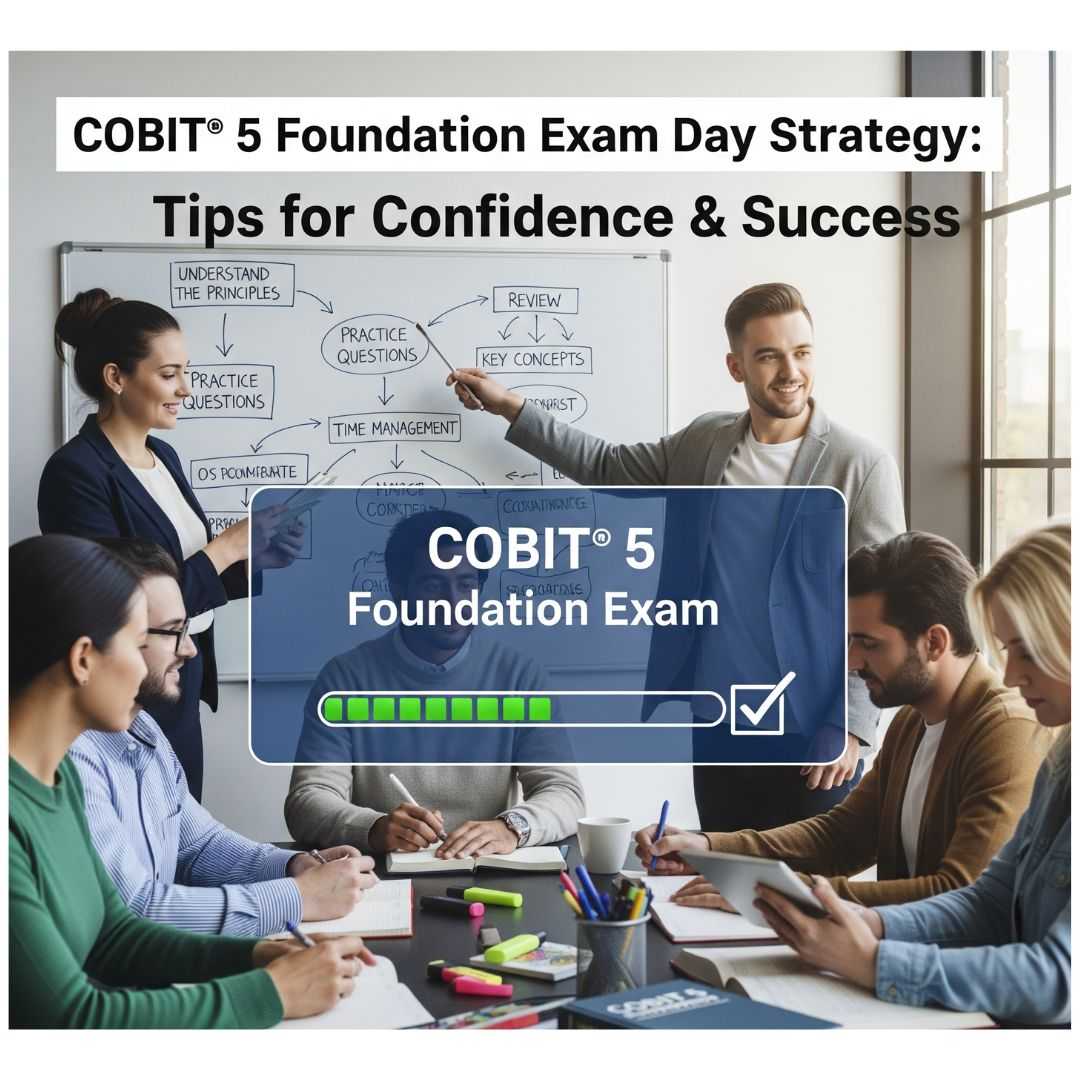
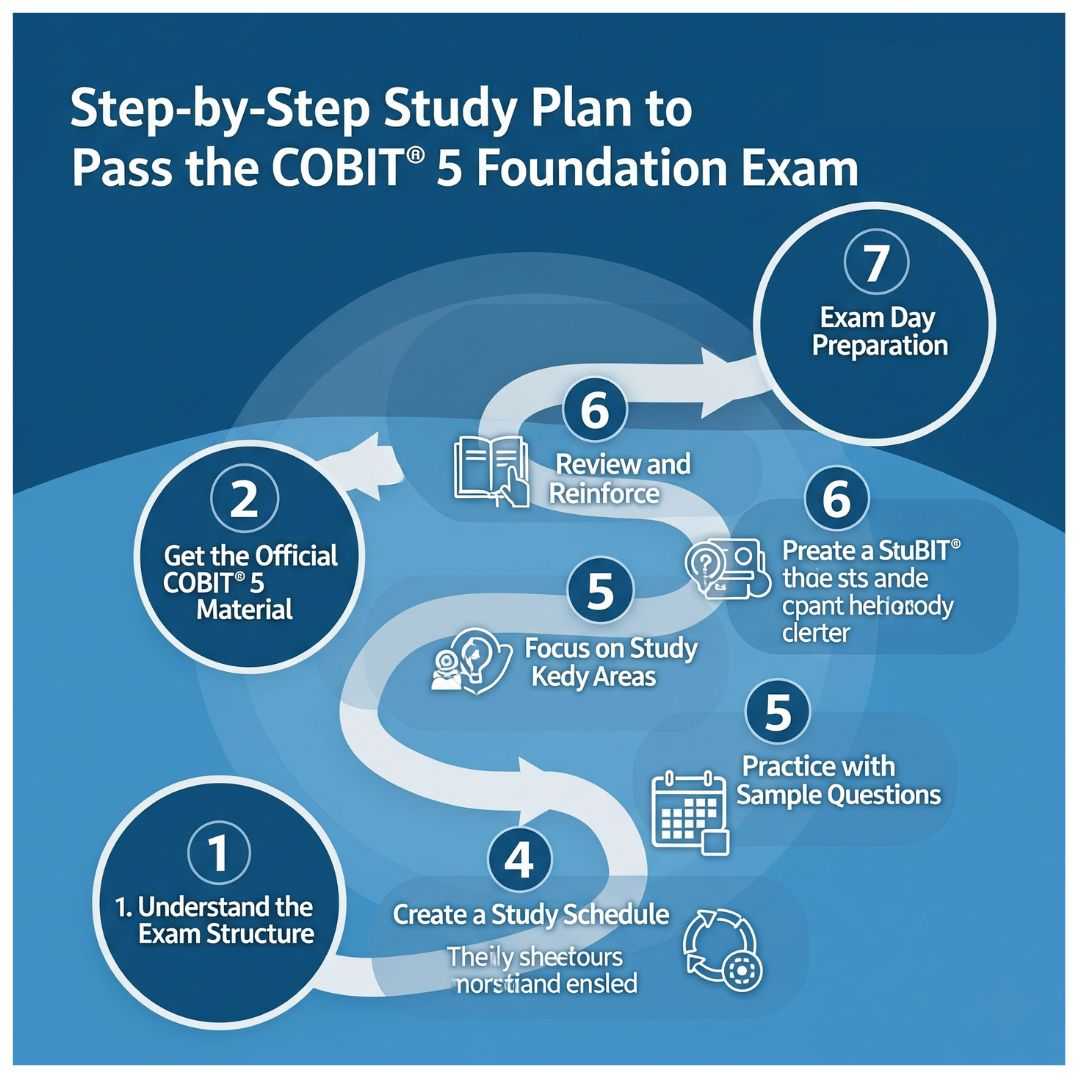

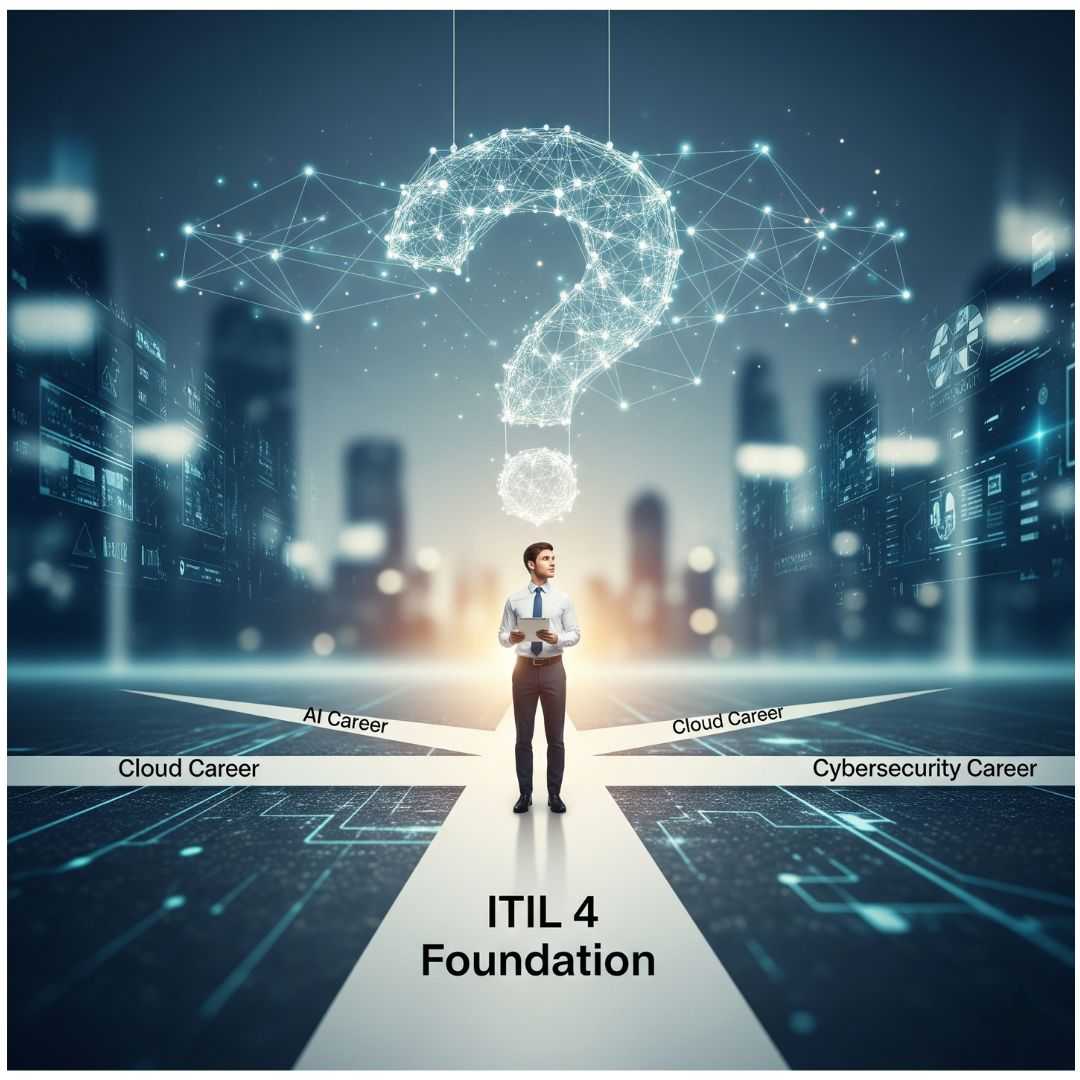
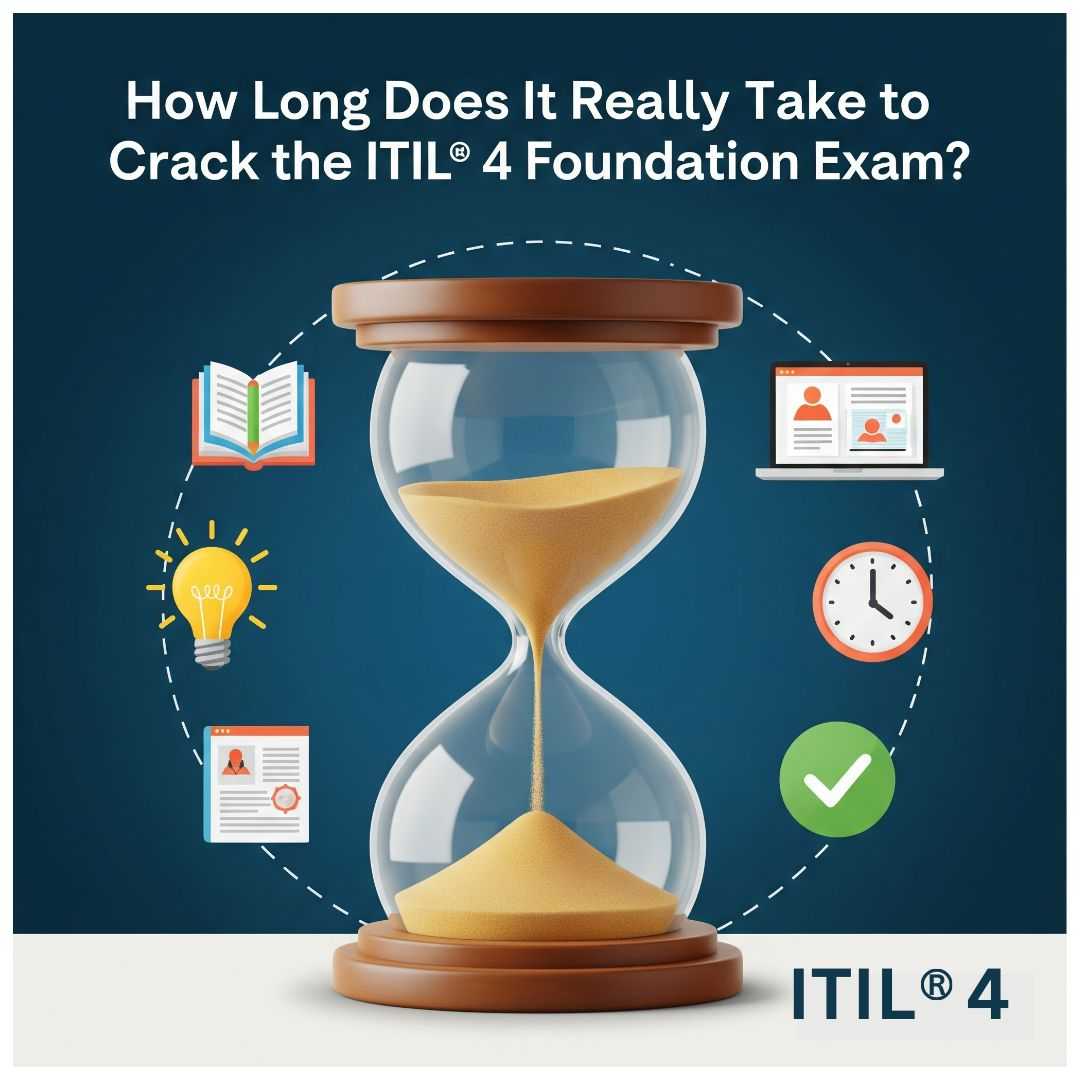
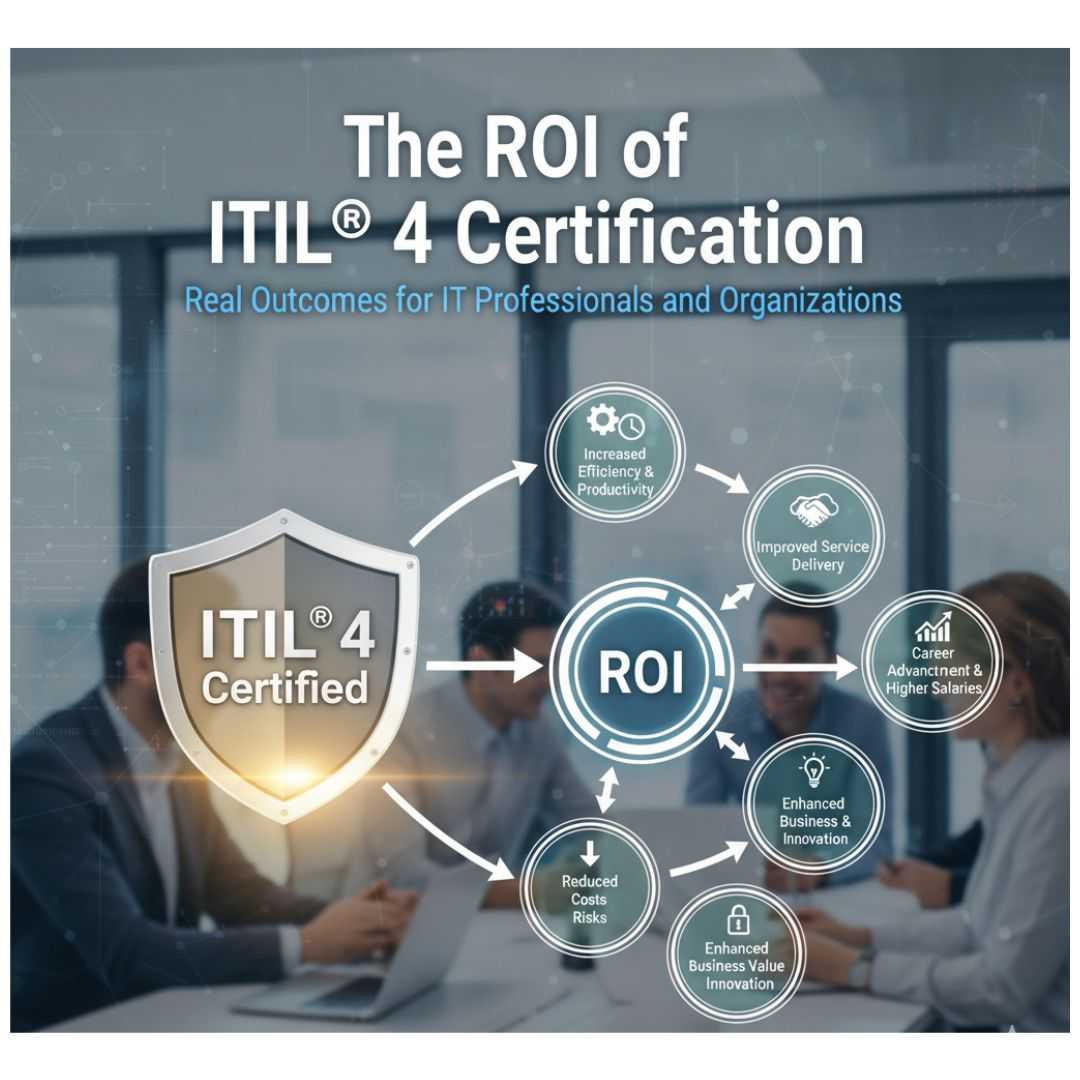
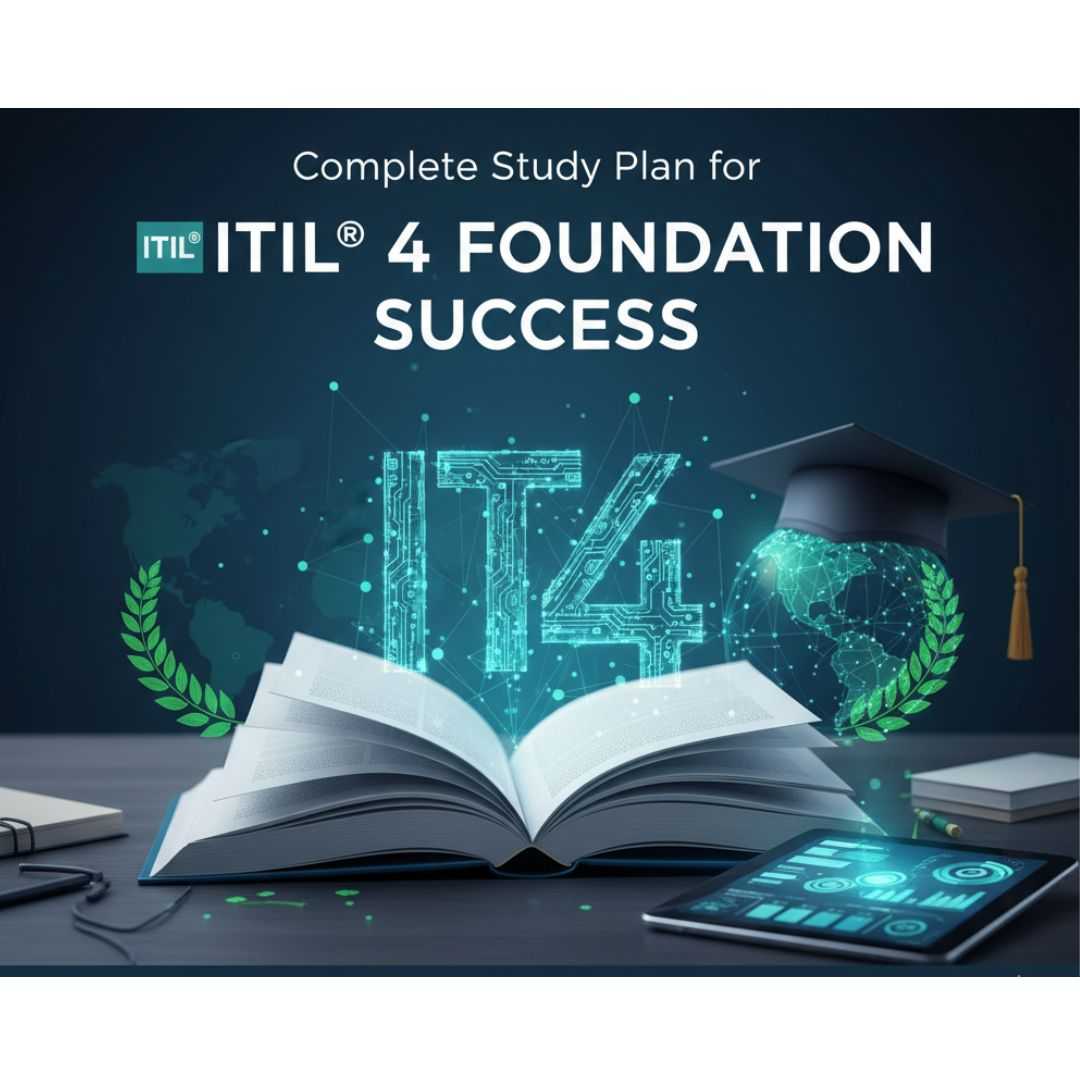




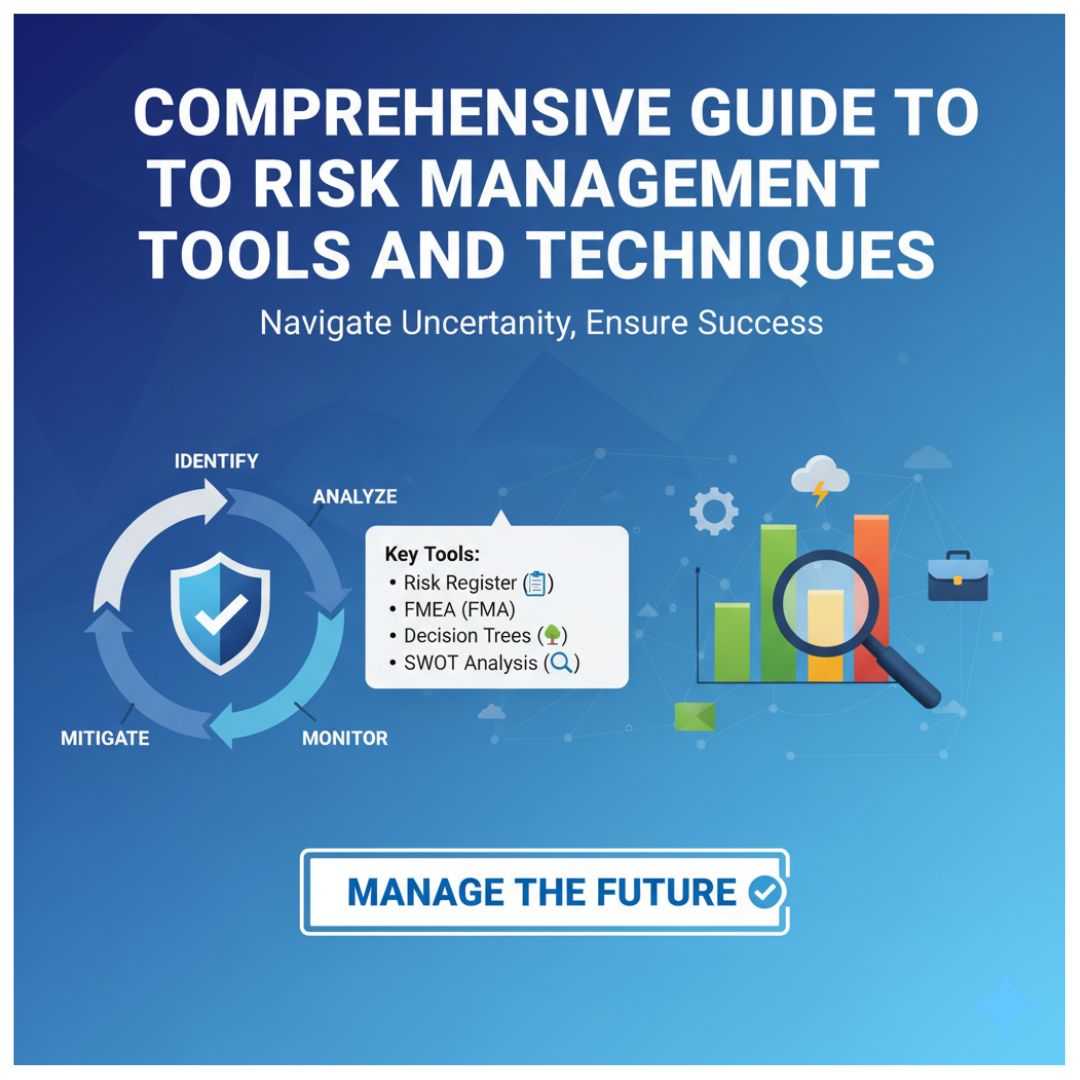



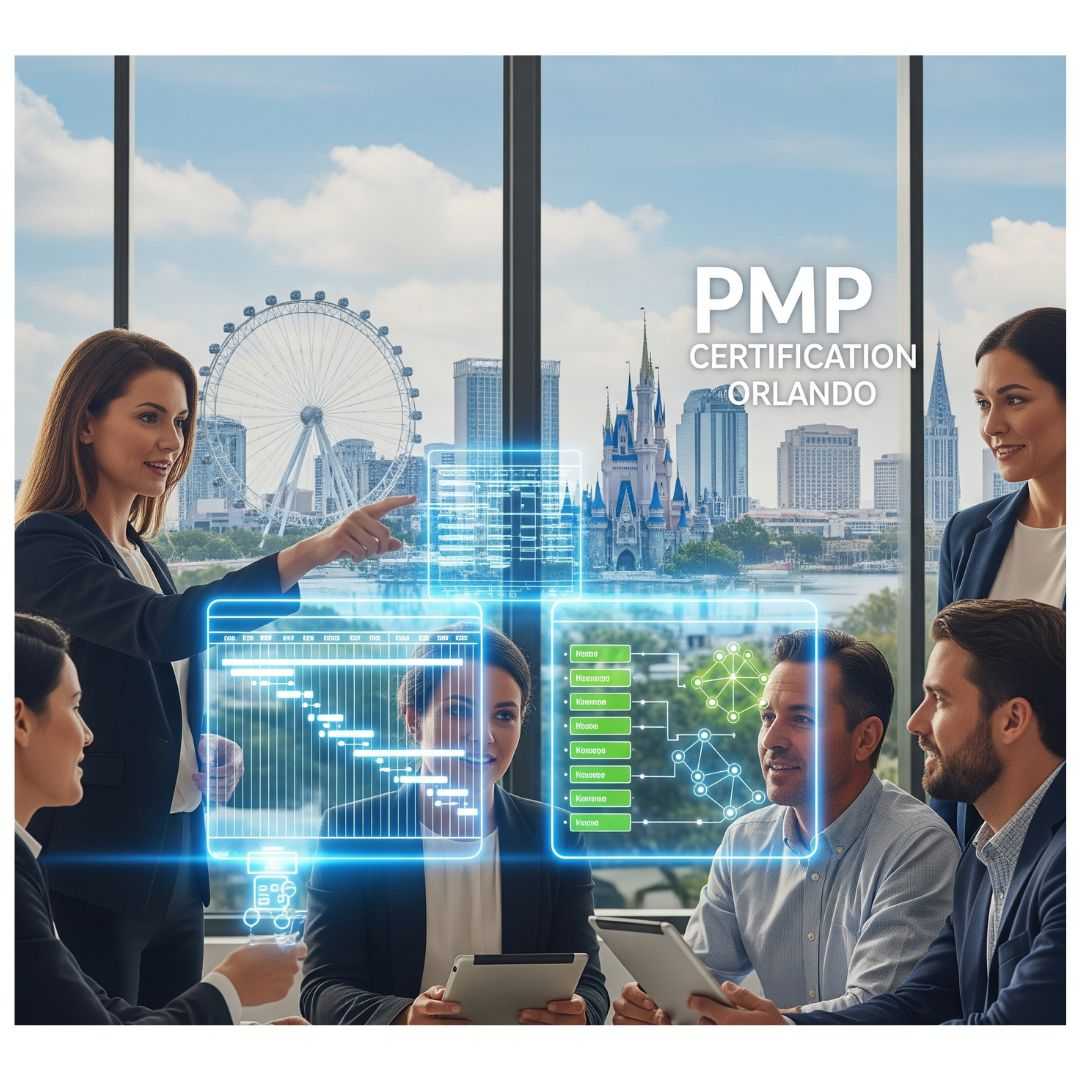
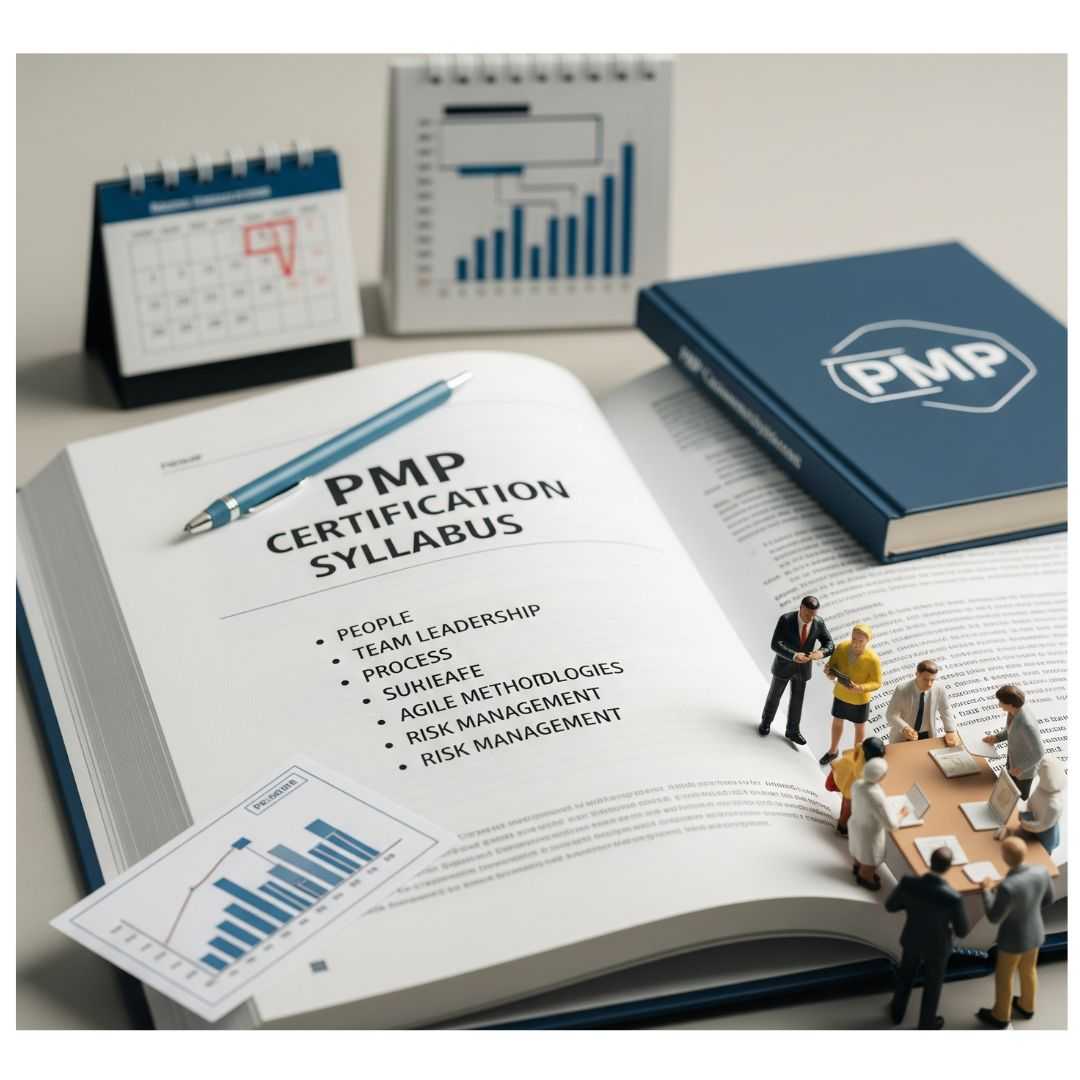




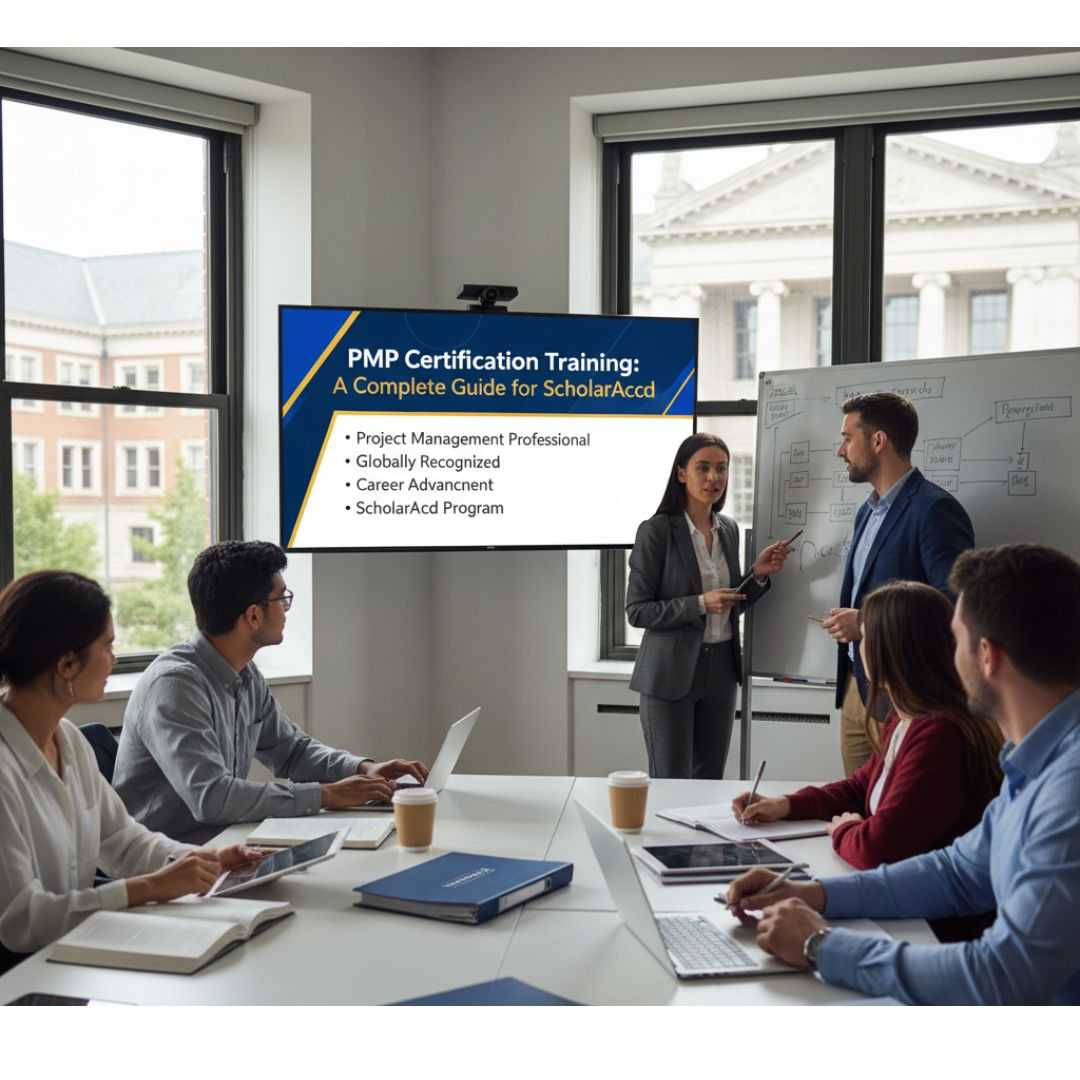
_1756885658_5bde5ece2b6f0dab9403.jpg)
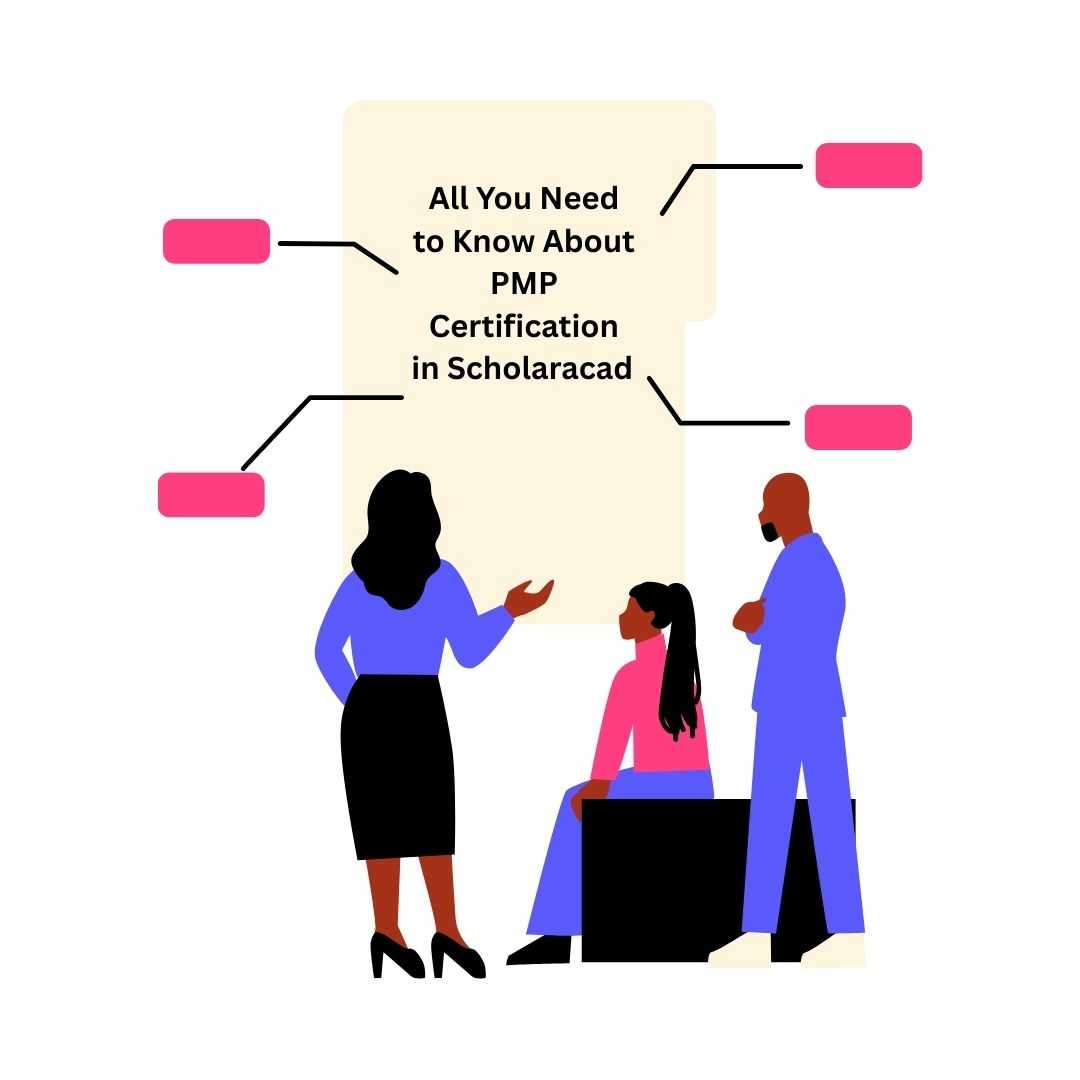


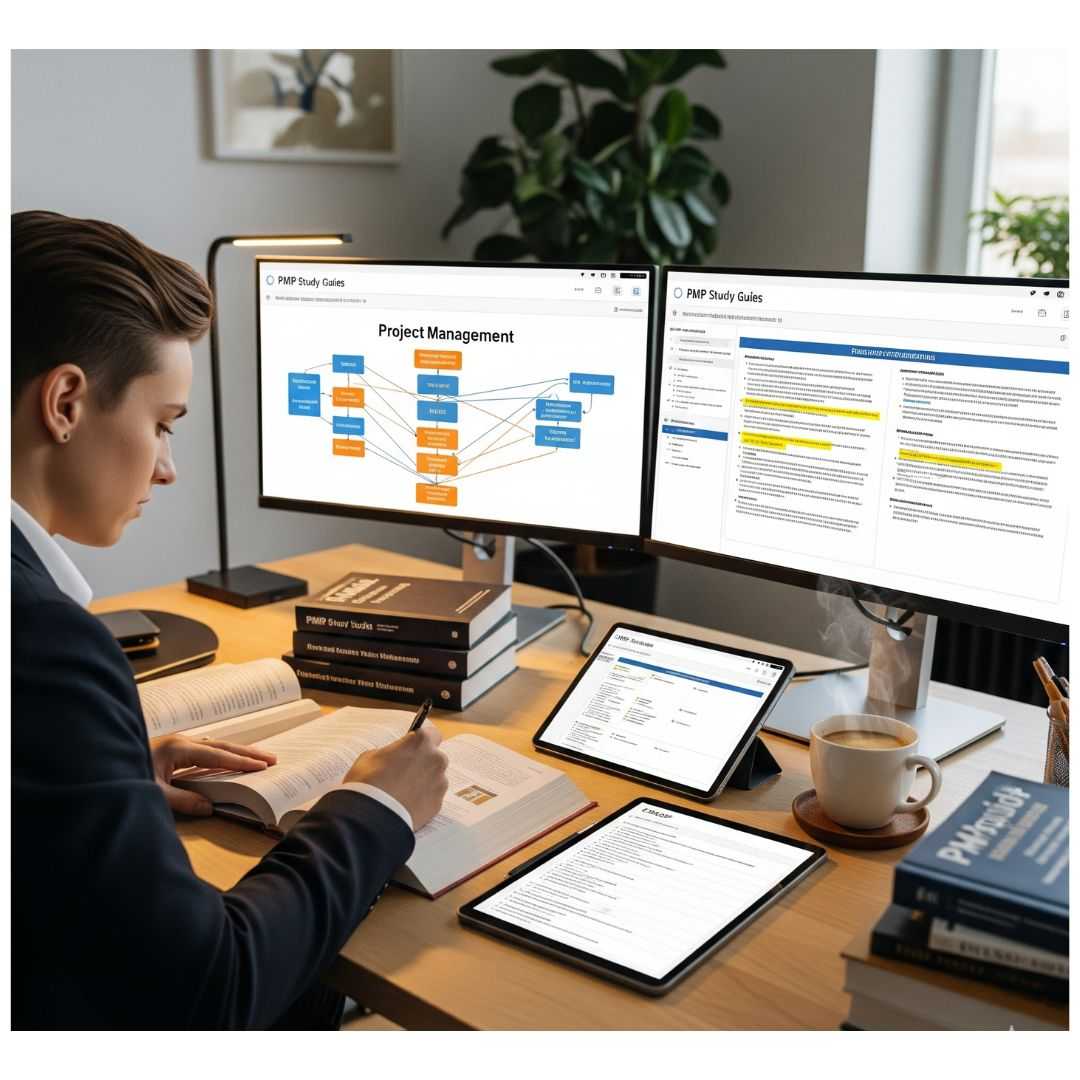


_1756789434_e9e0aac798c1162538f6.jpg)

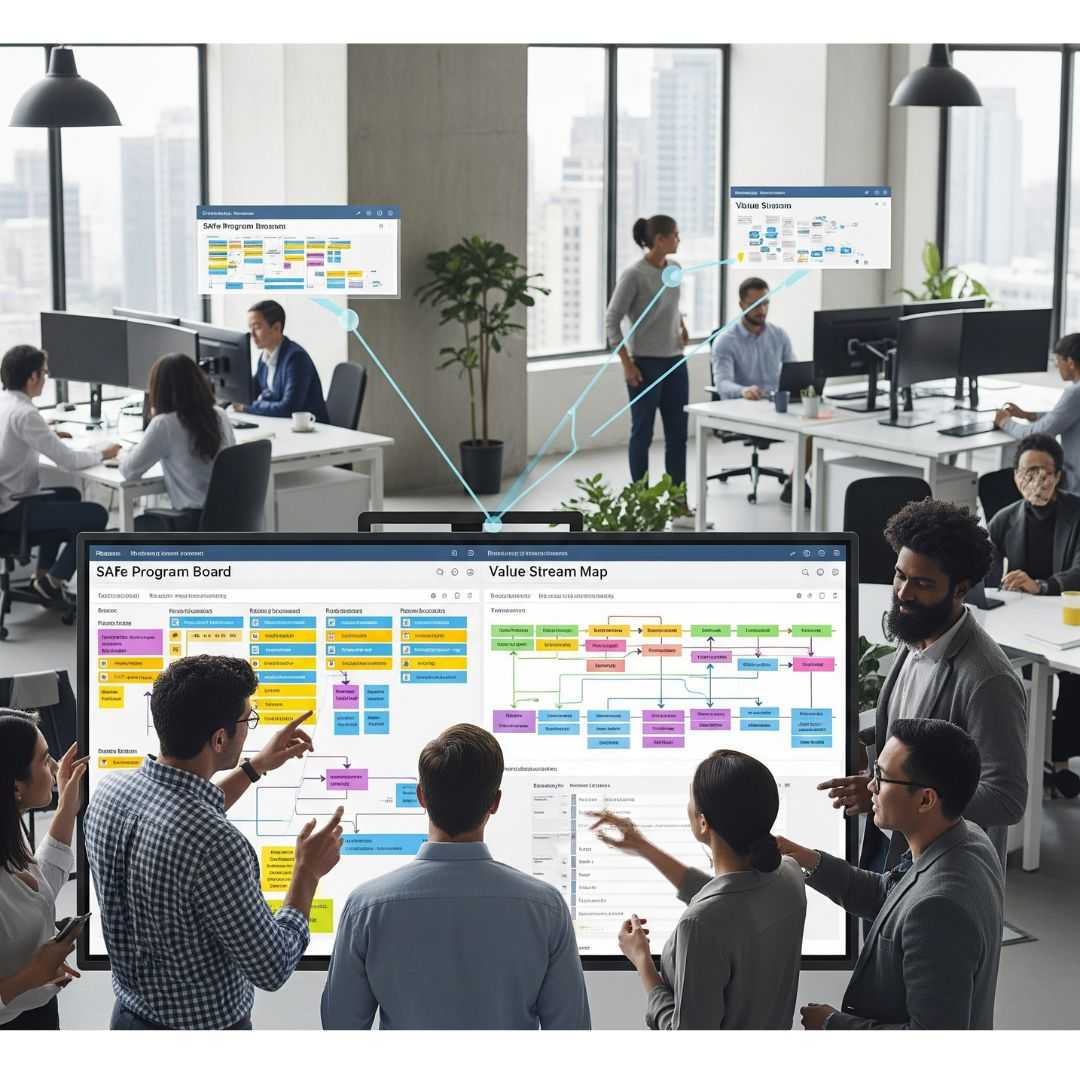






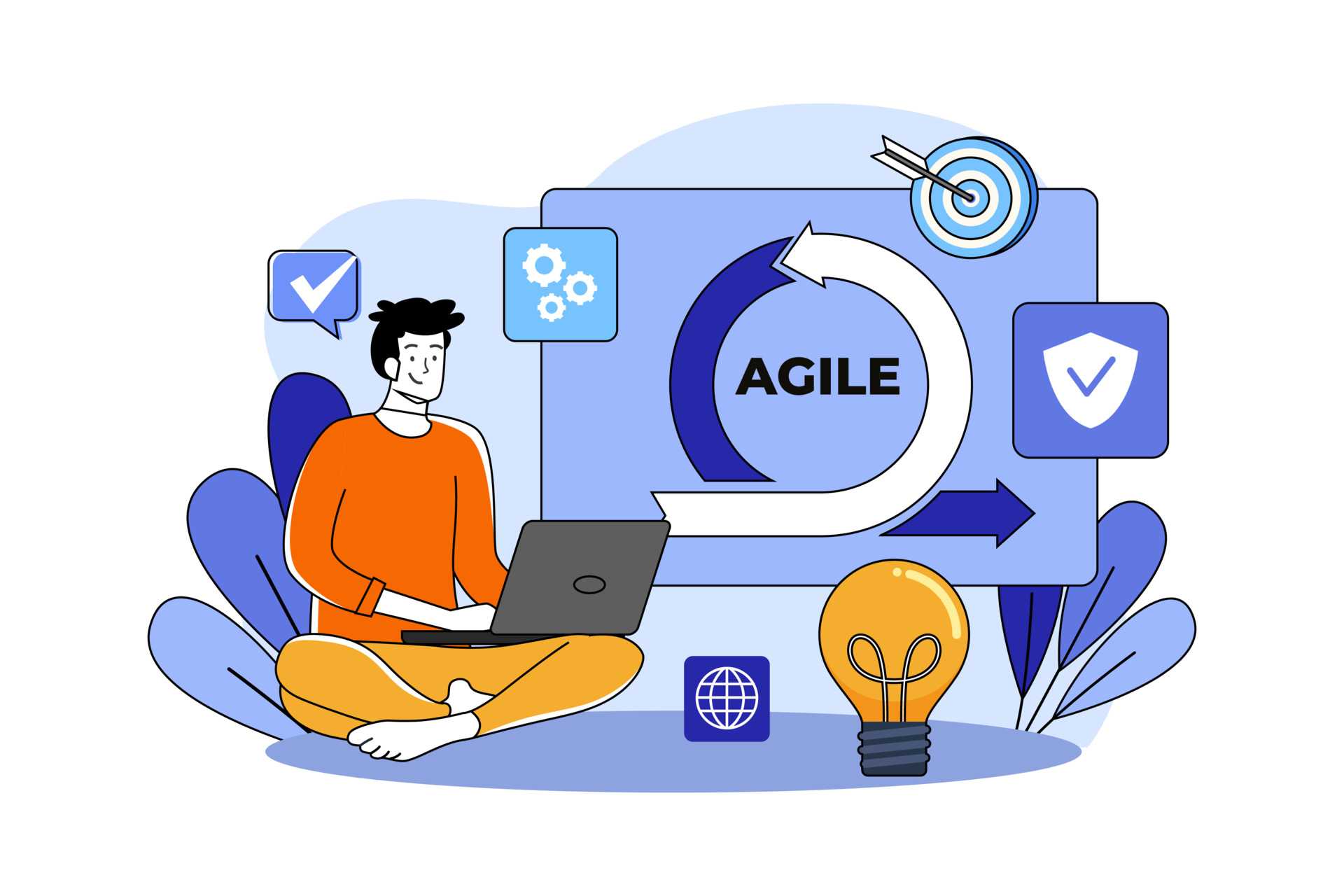







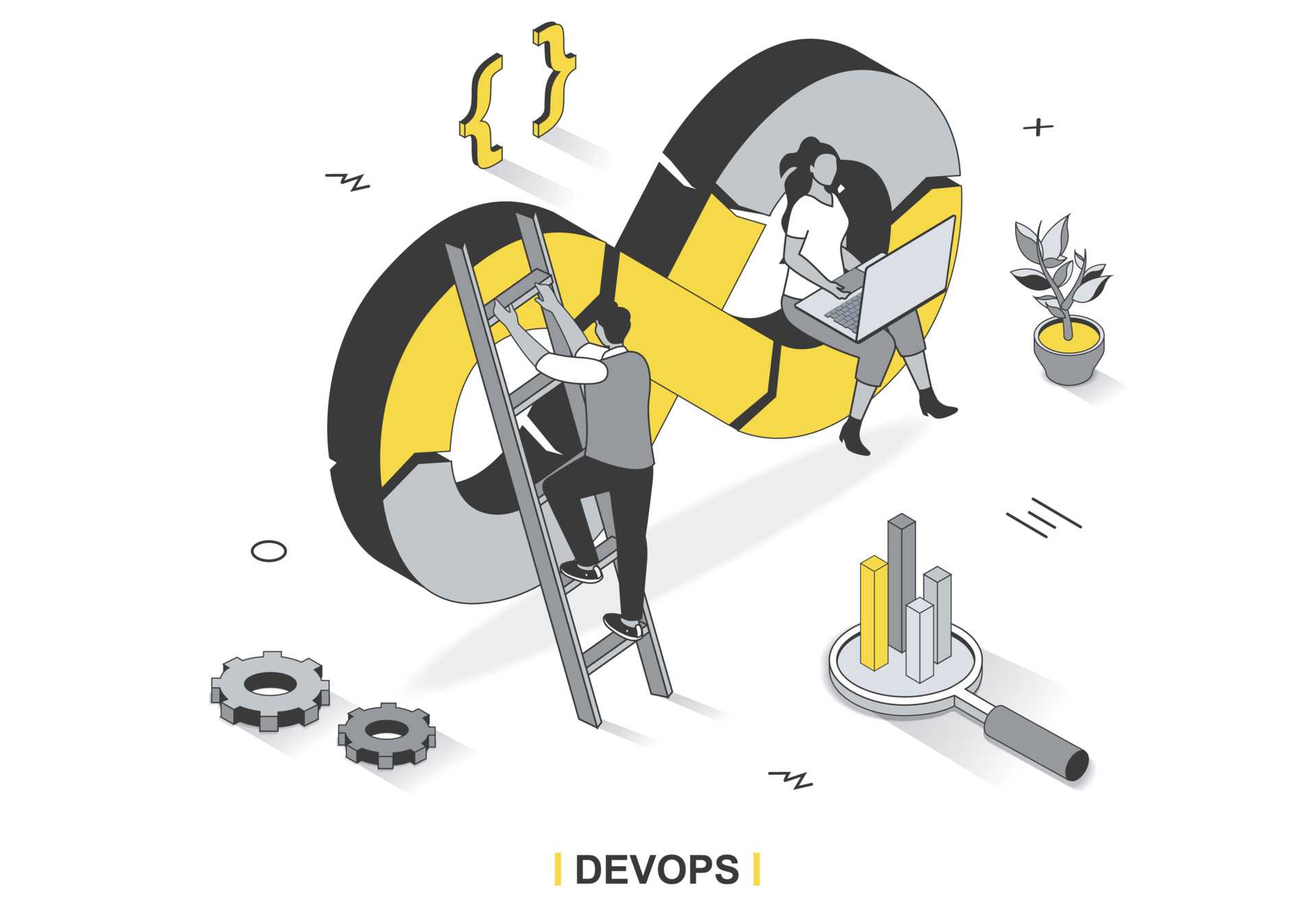
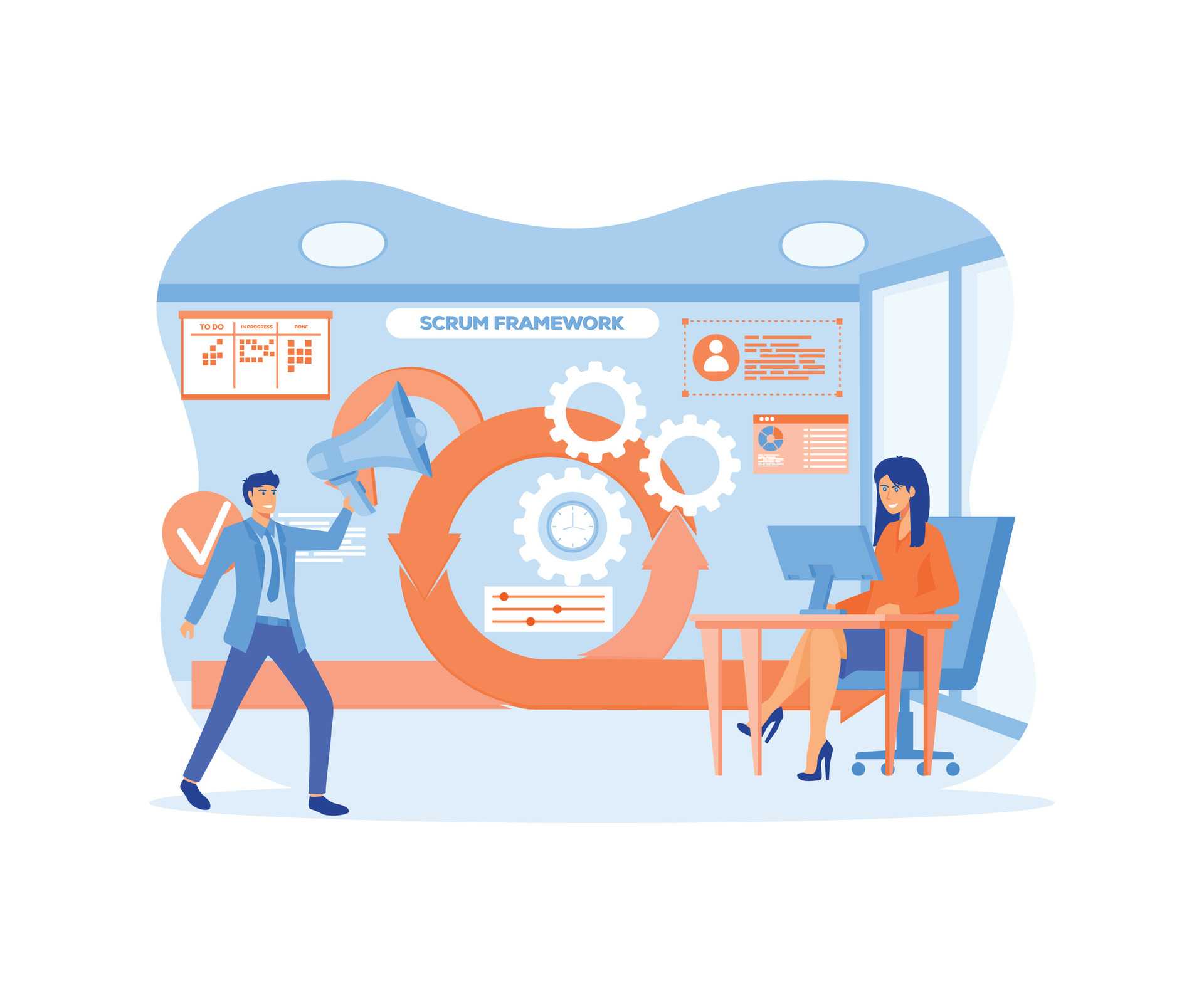





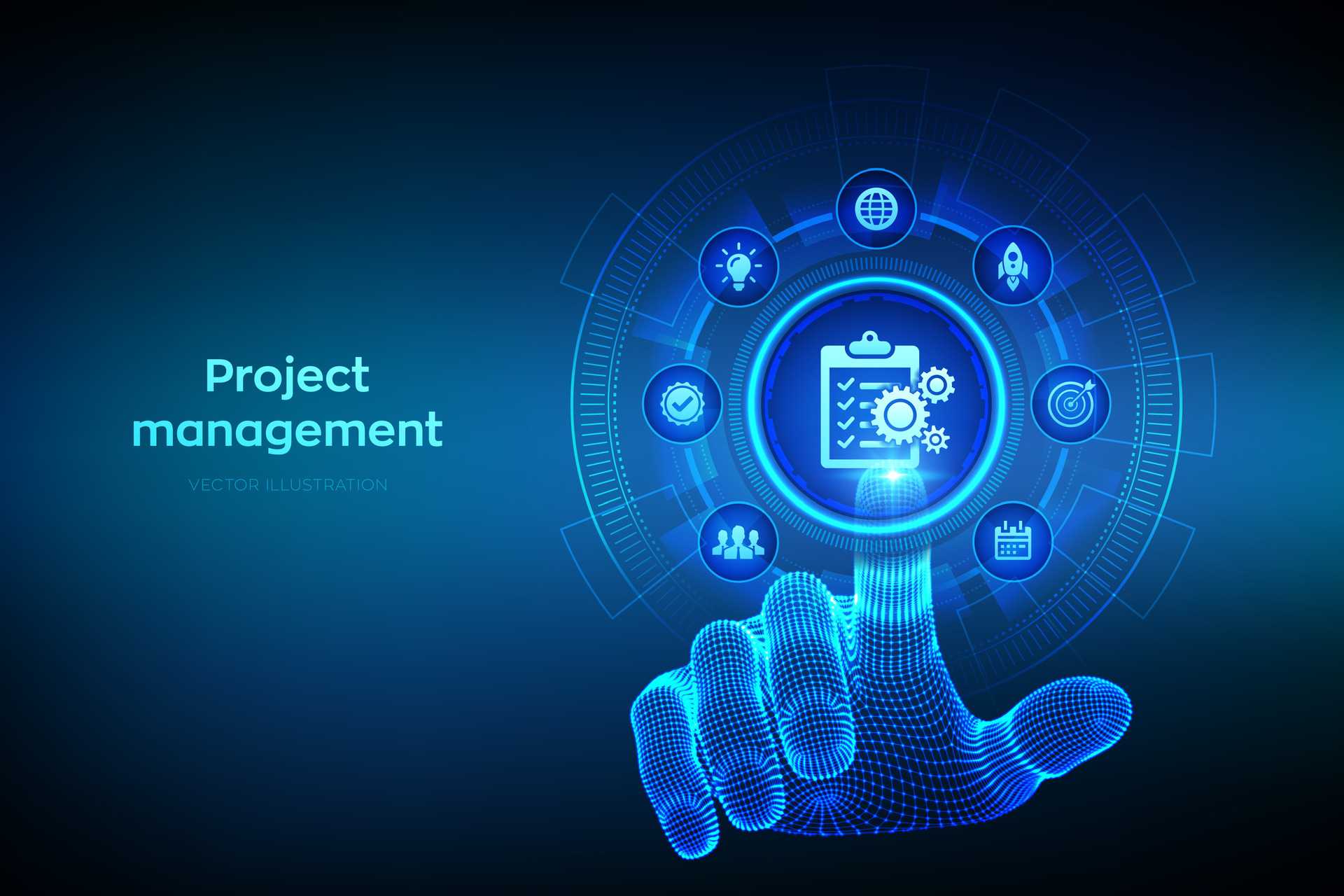


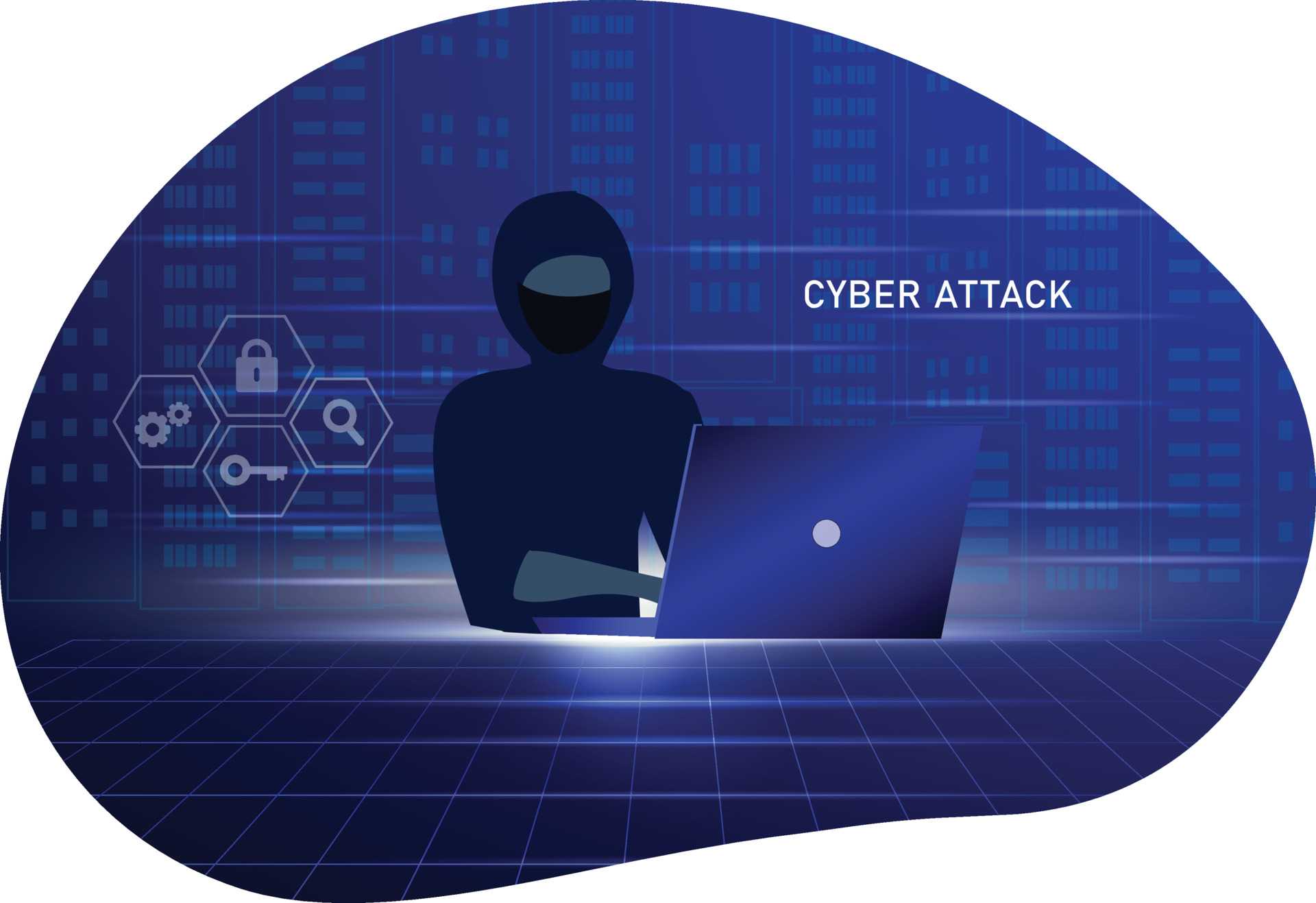




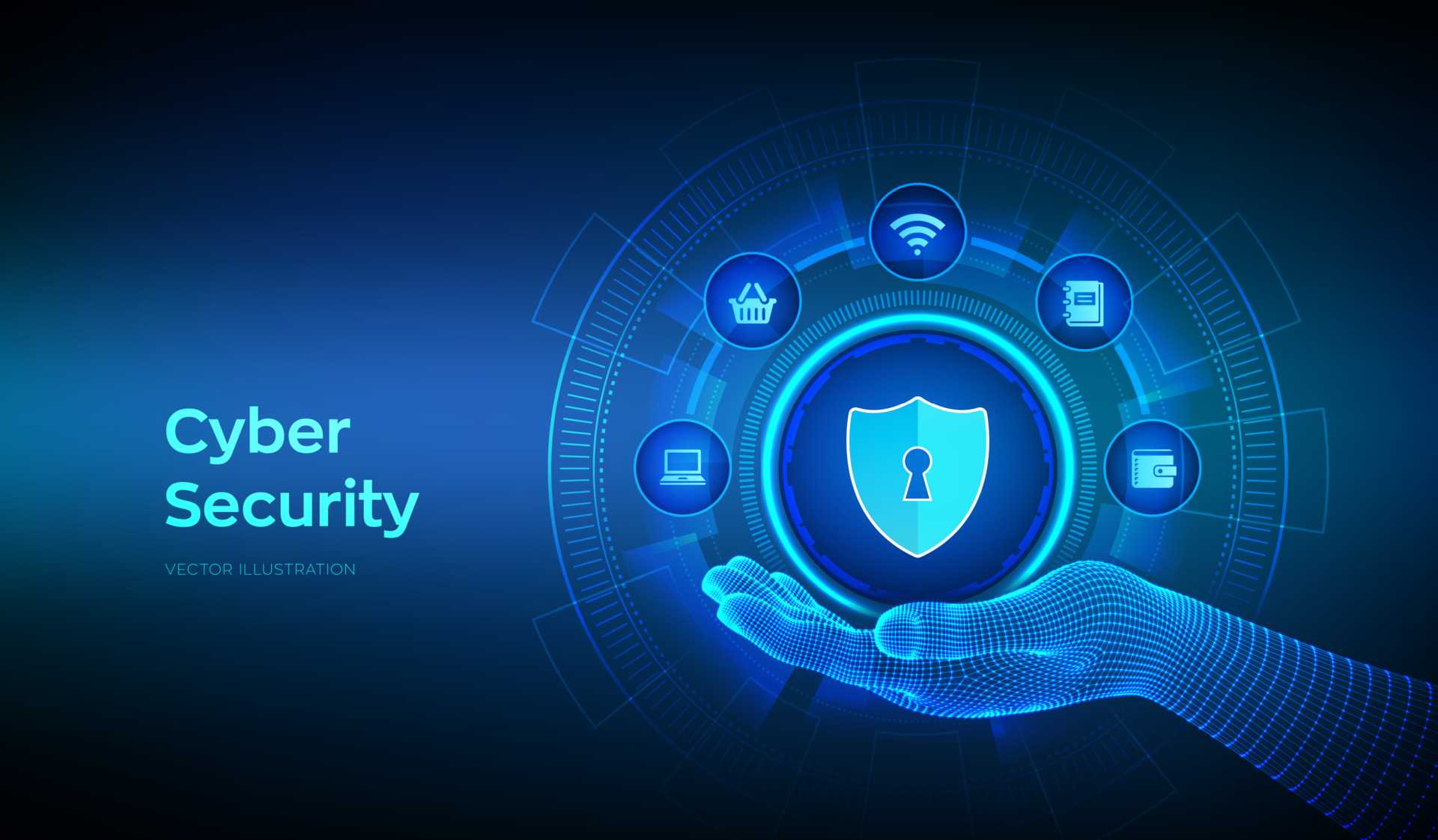


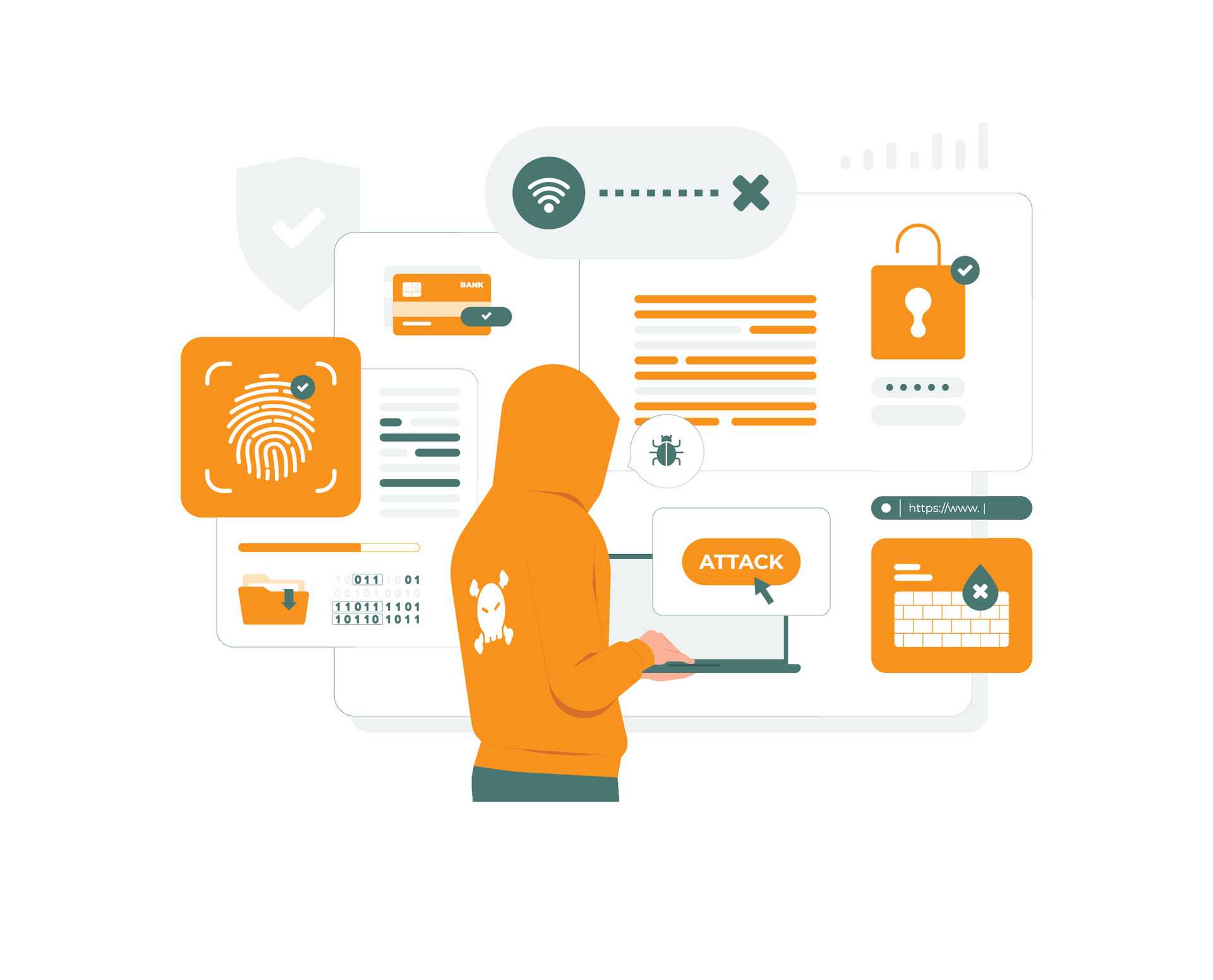








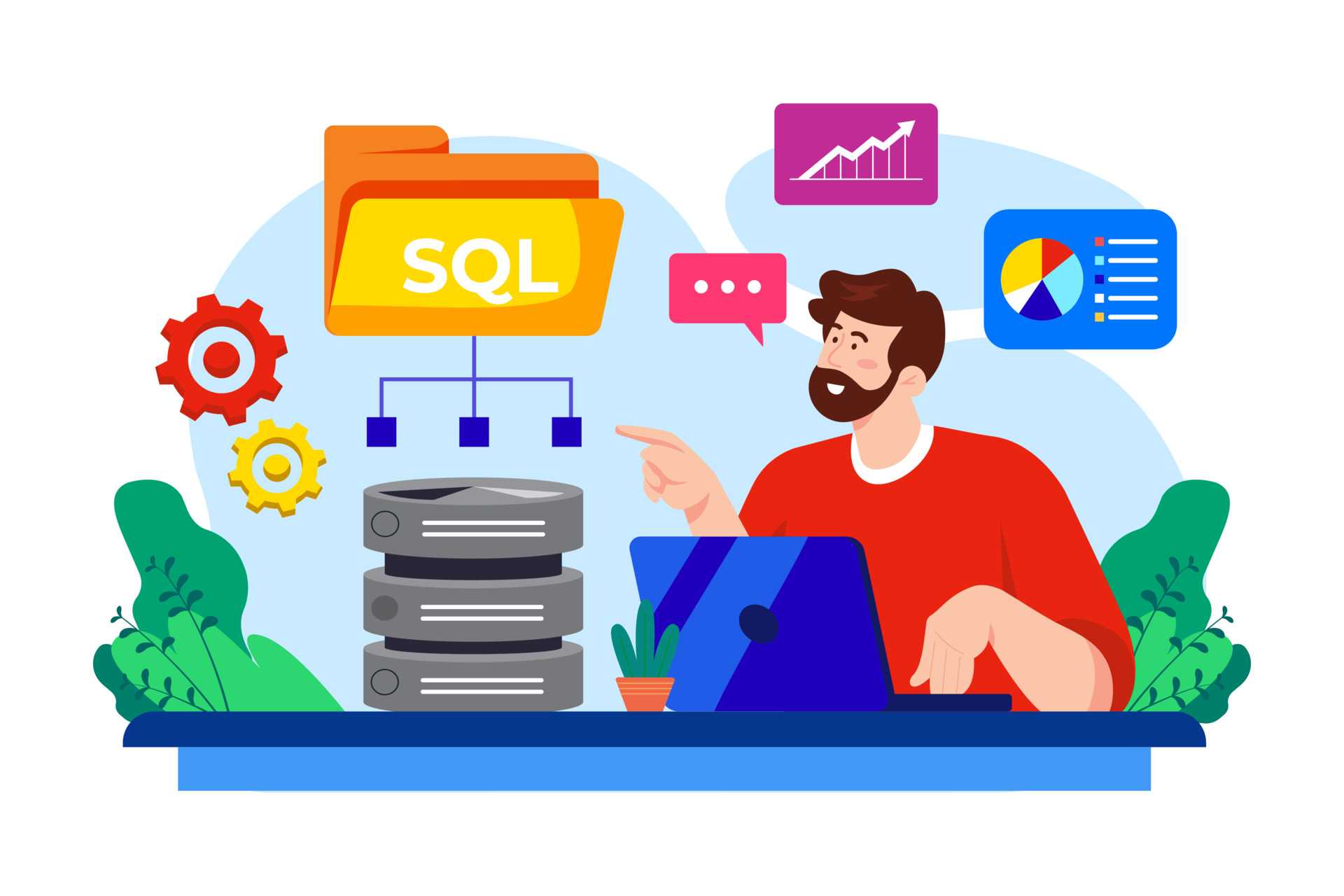











_1718198115_3e80b2ee31b234c26728.png)
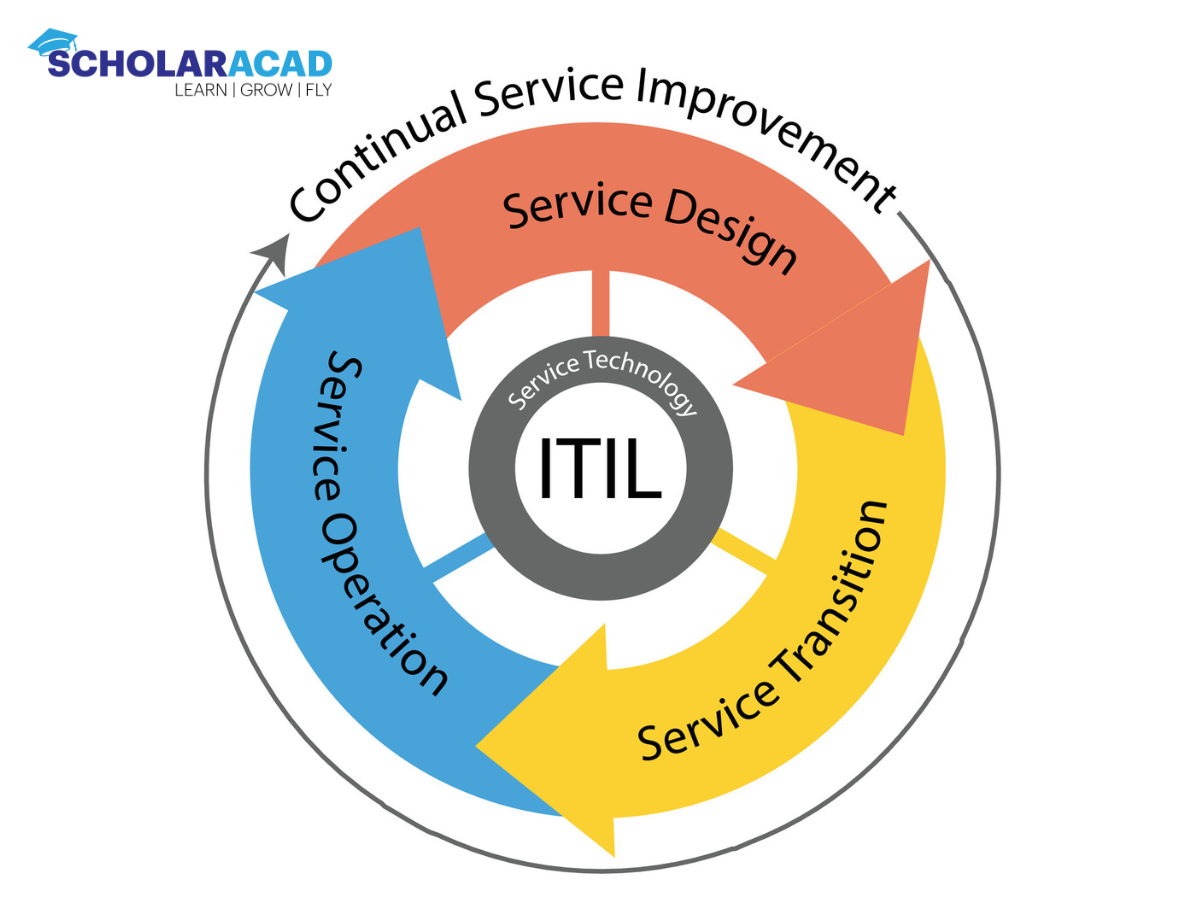



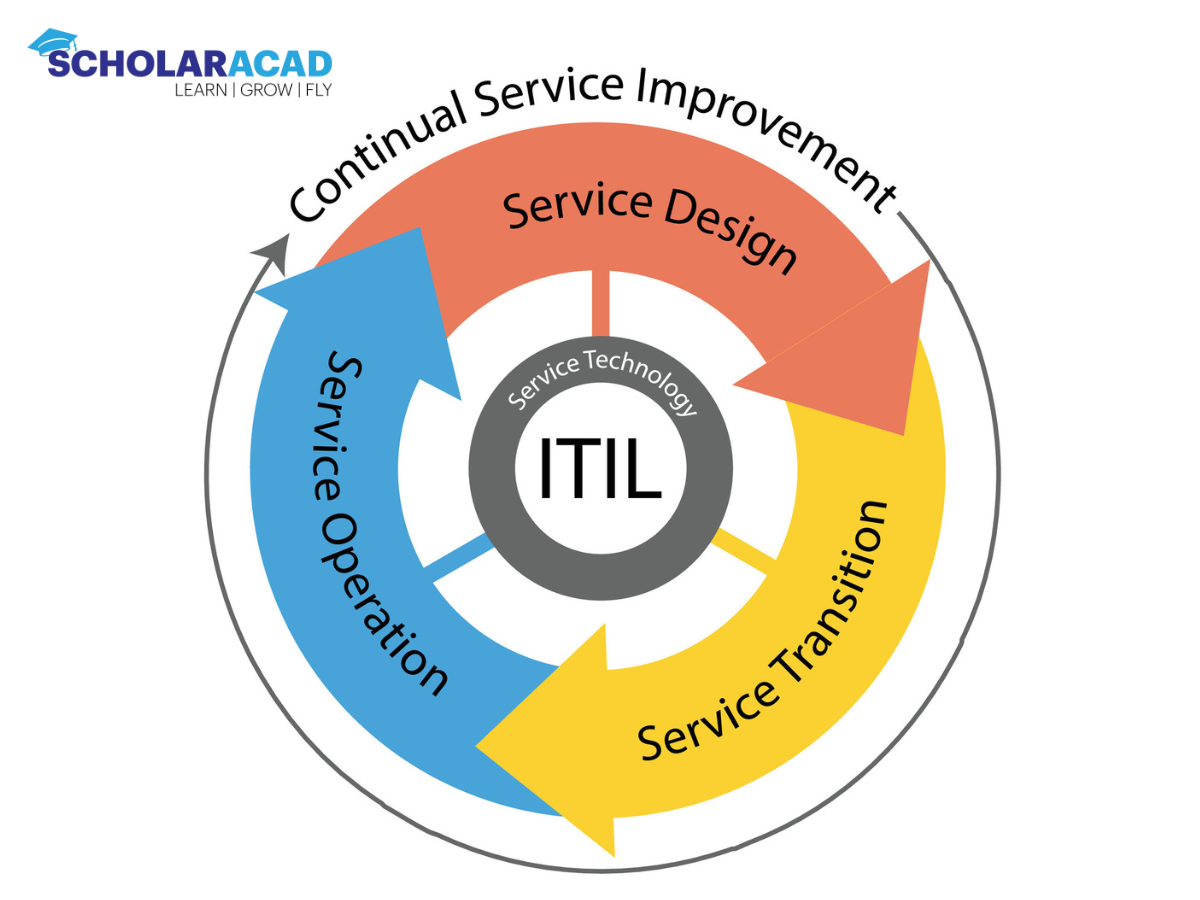




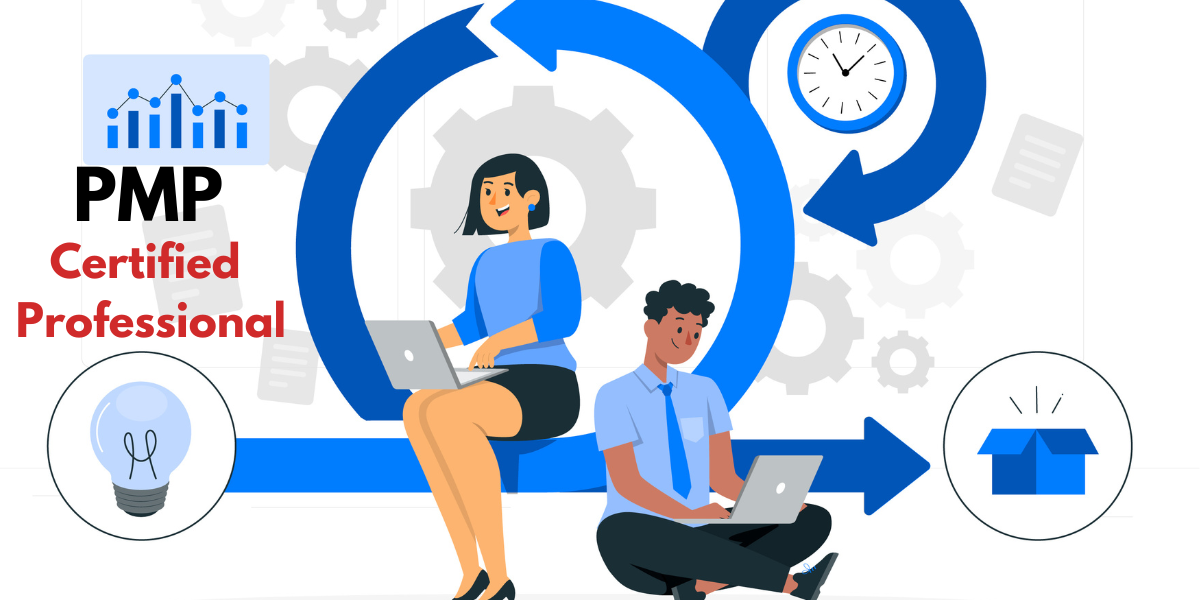
_1715671737_078967910384216bd6b3.jpg)




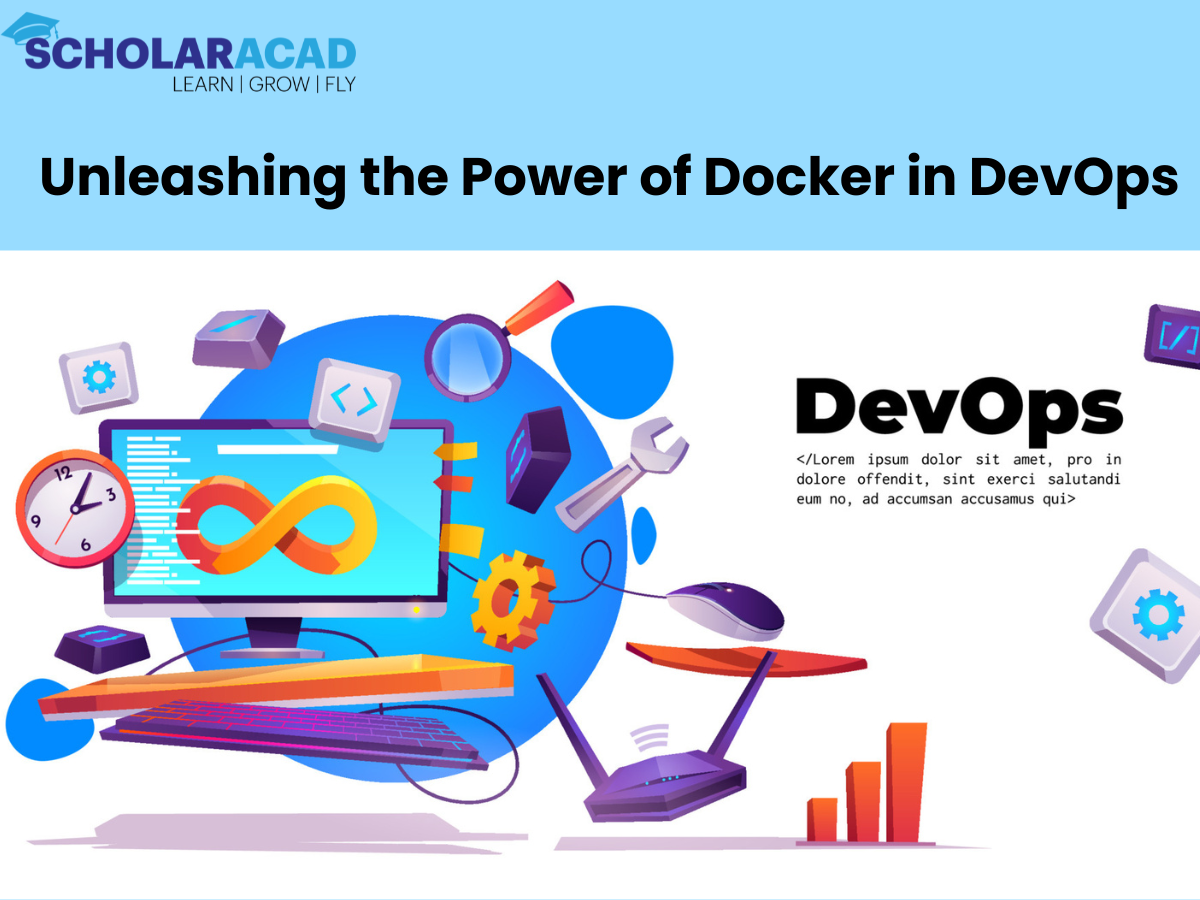

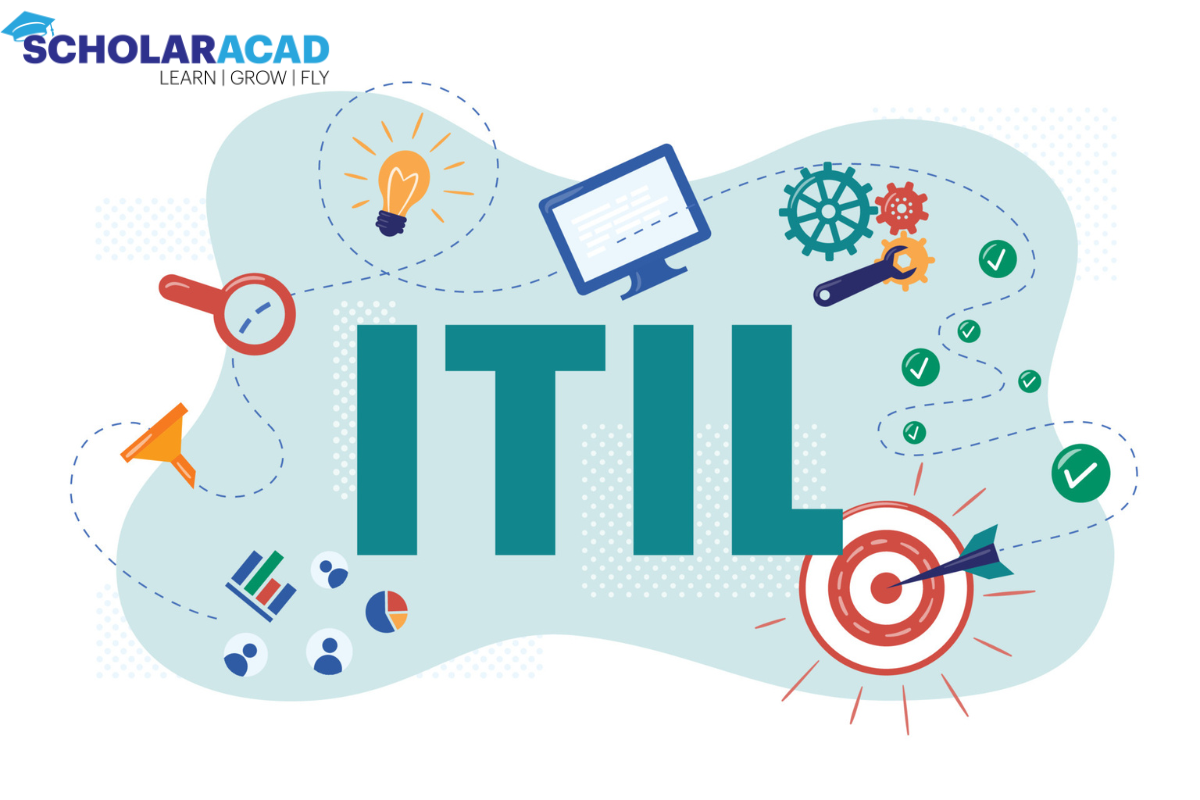
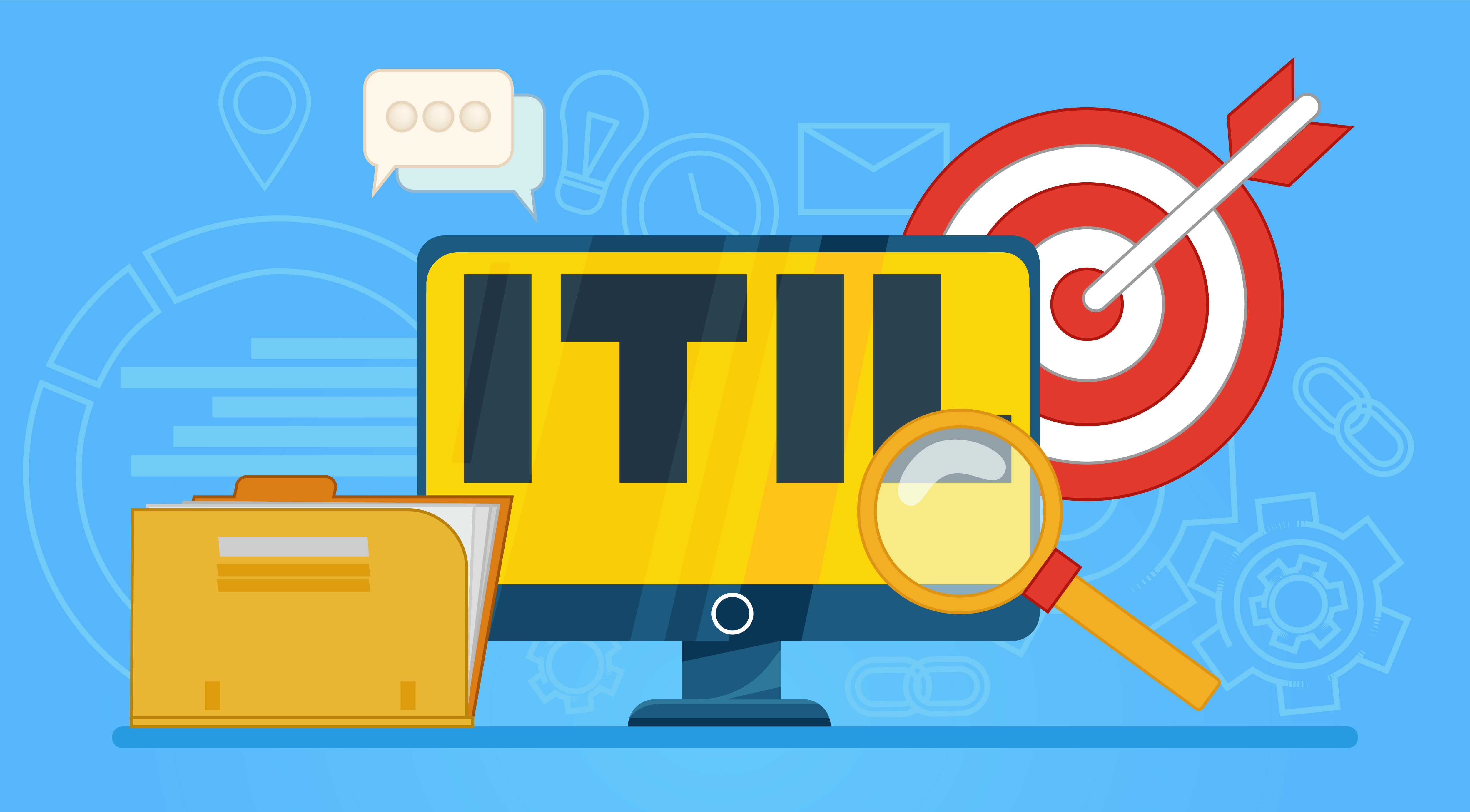

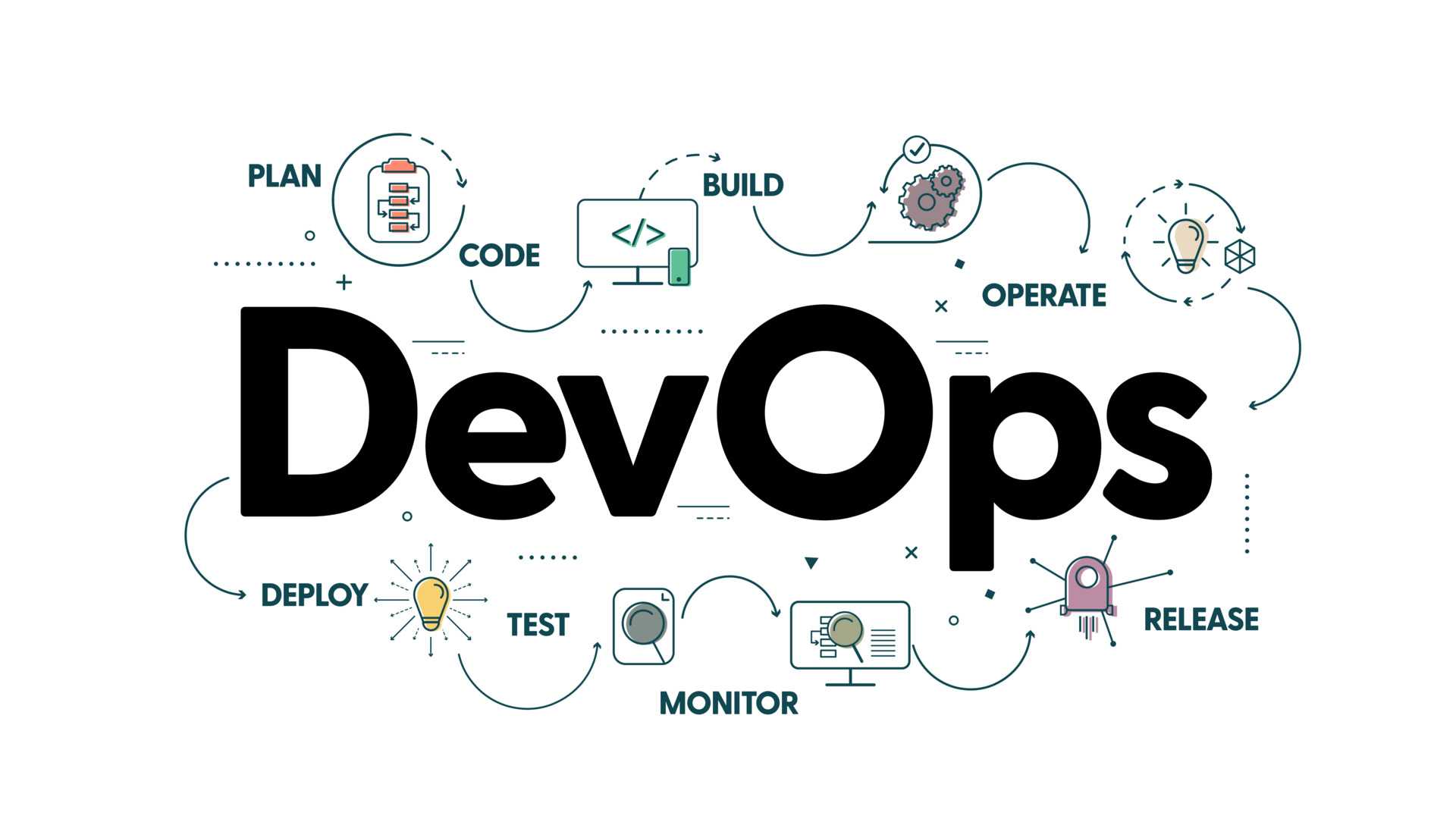
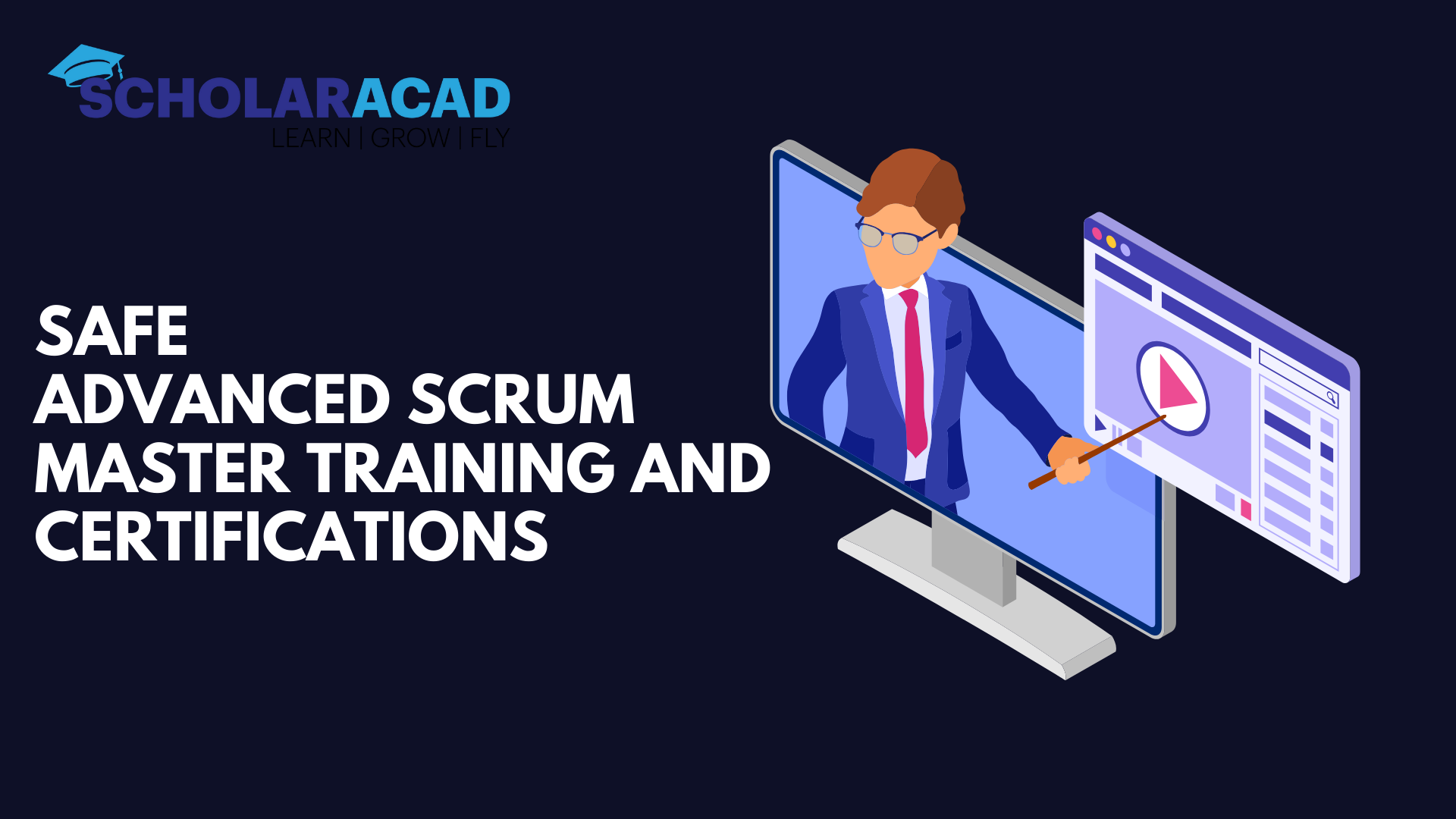
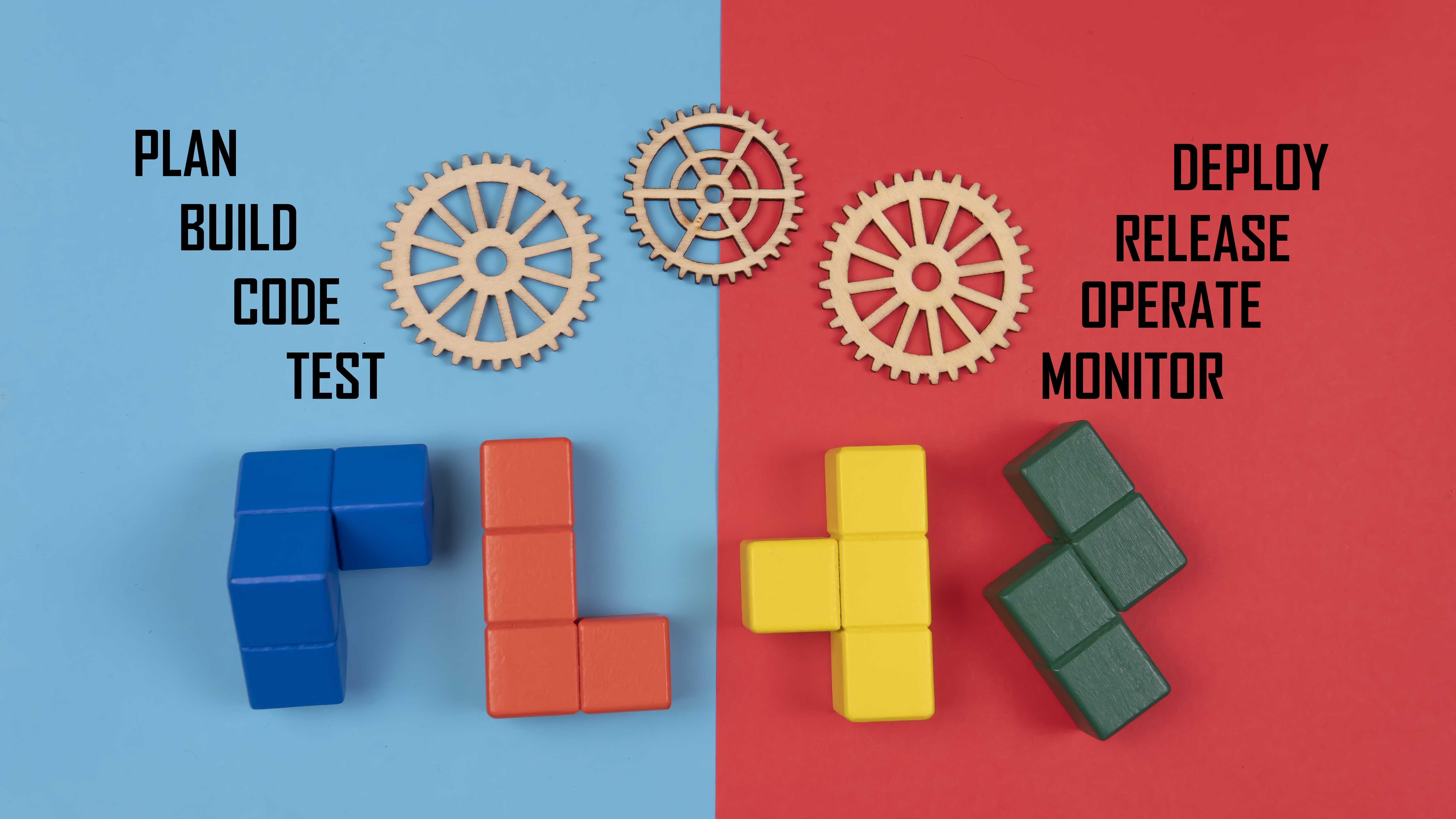
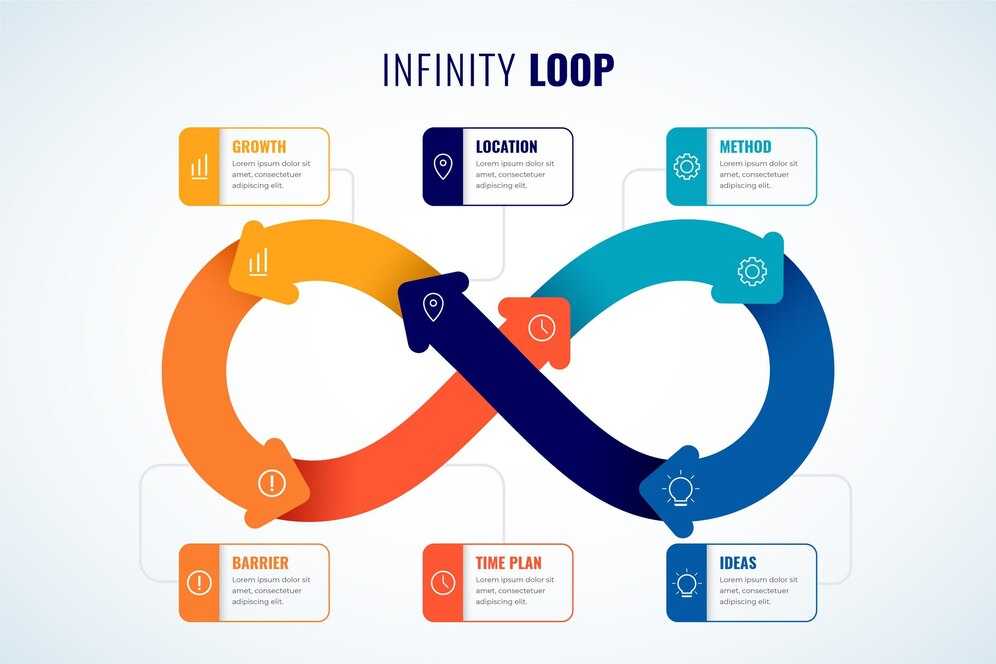
_1712044840_c07a78ec6a0a9aaf68f2.jpg)
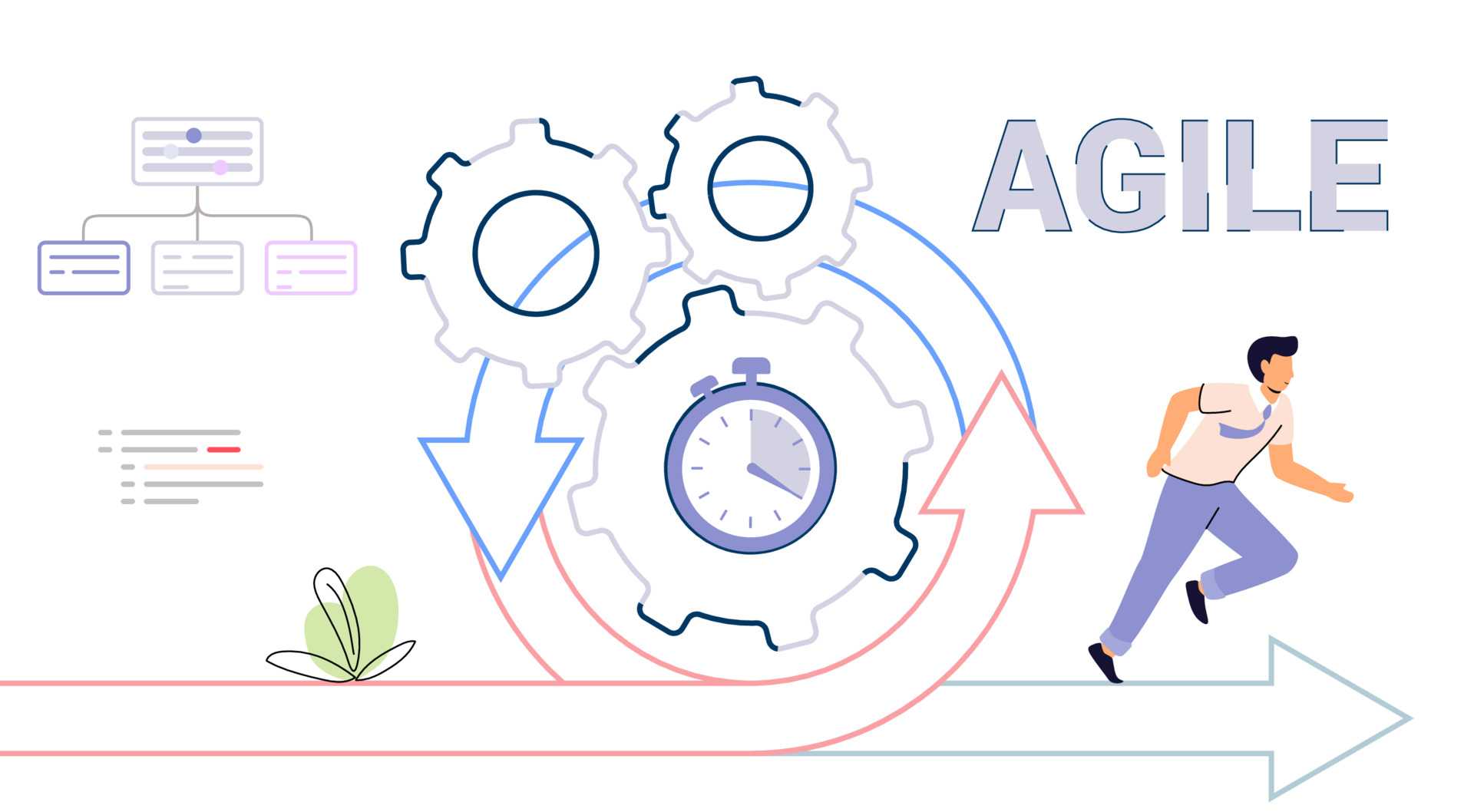
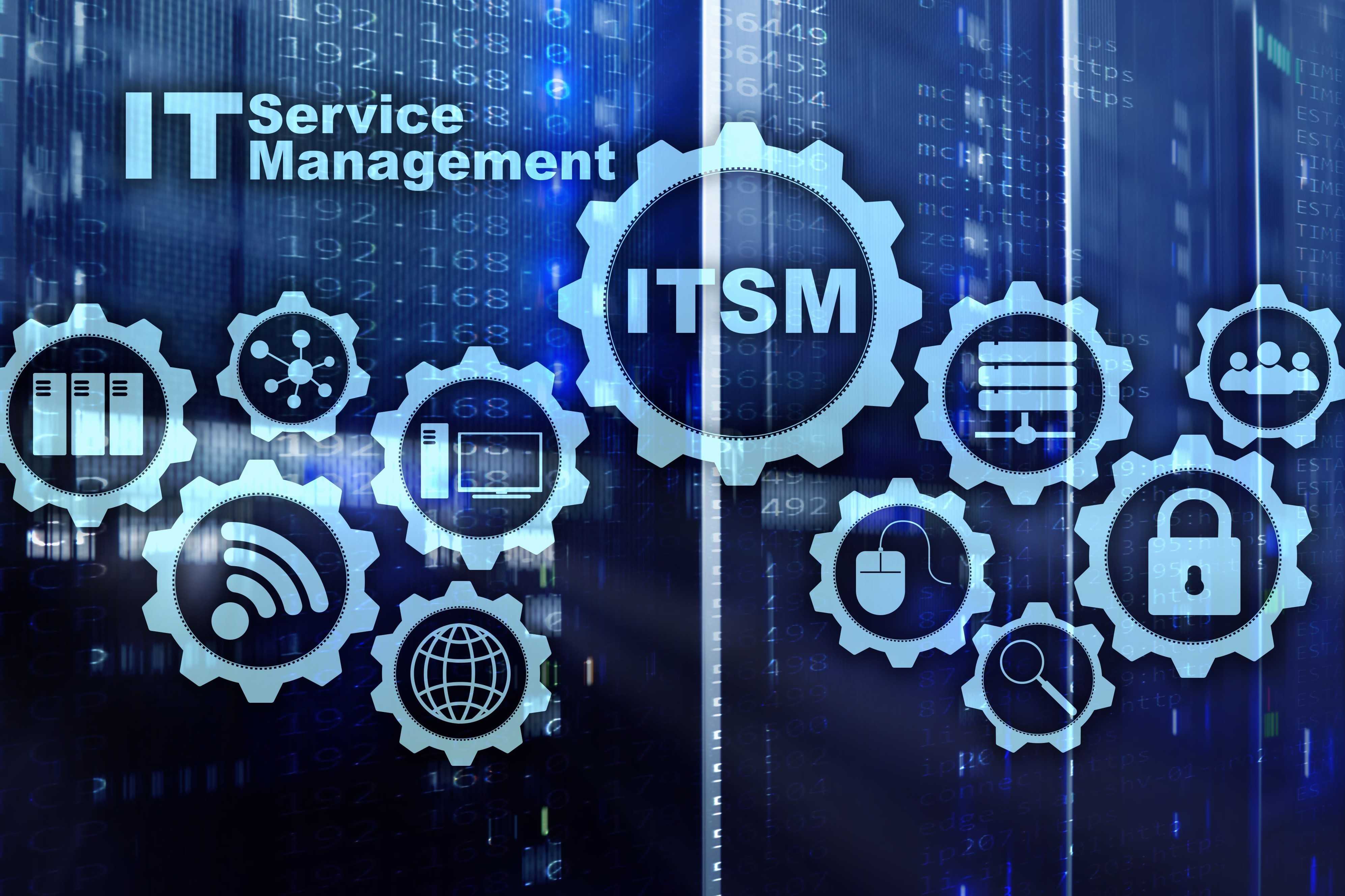

_1701798801_c3b578871fef398593a2.jpg)






Copyright © 2025. All rights reserved by Scholaracad
